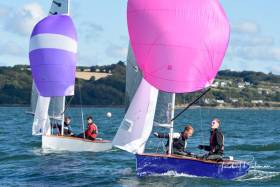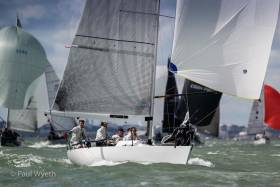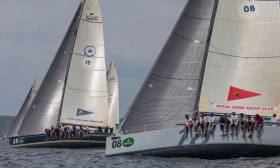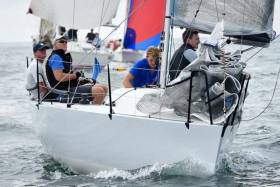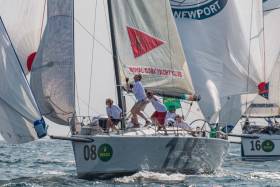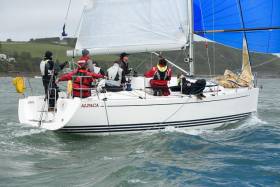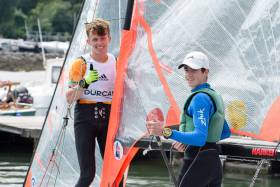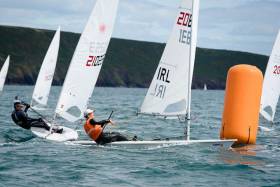Displaying items by tag: RCYC
Olympian Ger Owens Wins Royal Cork Yacht Club GP14 Event
470 Olympic helmsman Ger Owens, sailing under the Swords Saliing Club burgee, continued his winning run in the GP14 Autumn Open at the weekend when he topped the 19–boat Autumn Open event sailed for the first time in Cork Harbour.
The GP14 fleet, who declined this year's Dinghy Fest invite due to calendar constraints, made good on their commitment to come to Royal Cork Yacht Club this year when they sailed their popular 14–foot dinghy in a two day event at Crosshaven, sailed on the Eastern Bank well out of the shipping lane.
Second overall was East Antrim Boat Club's Curly Morris with Sutton Dinghy Club's Conor Twohig third overall. Youghal Sailing Club's Jack Buttimer was the winner of the 13–boat youth championships.
Download full results below.

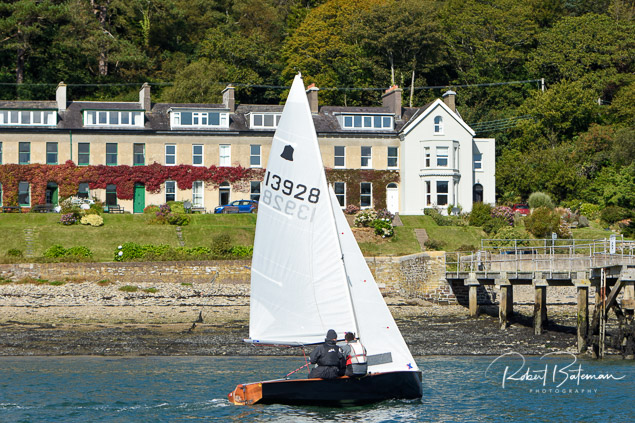


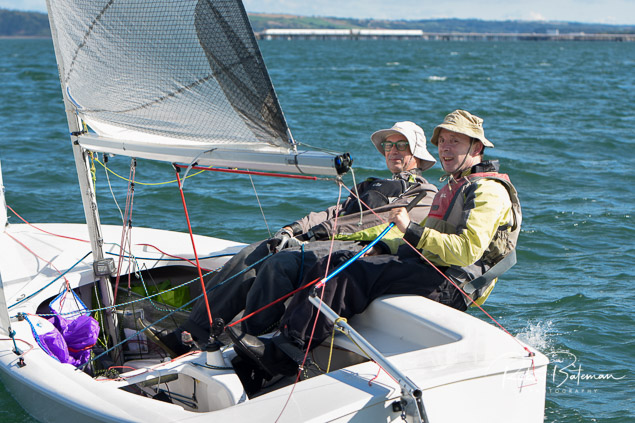
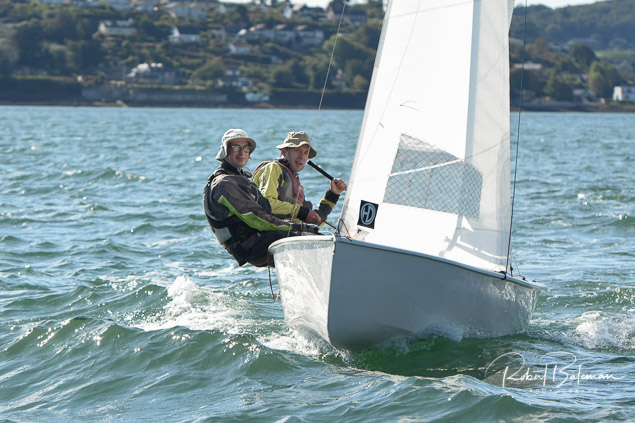
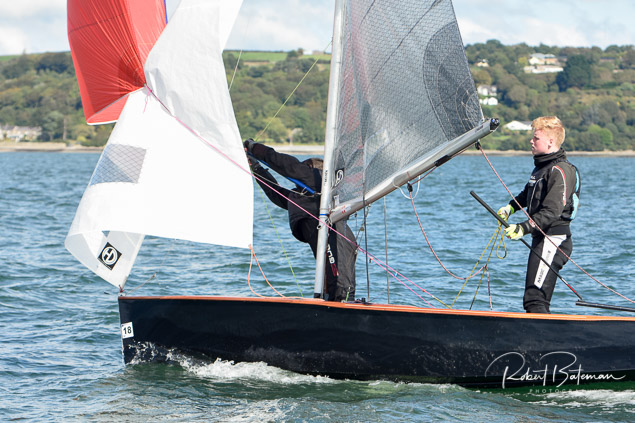
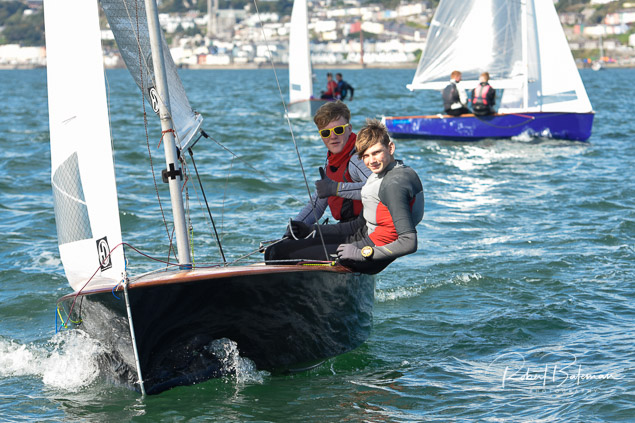



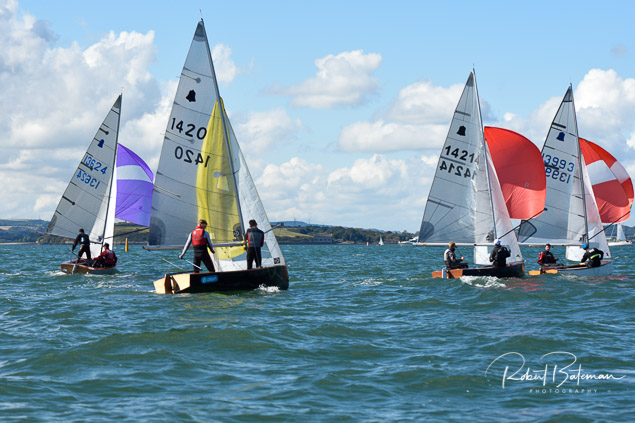
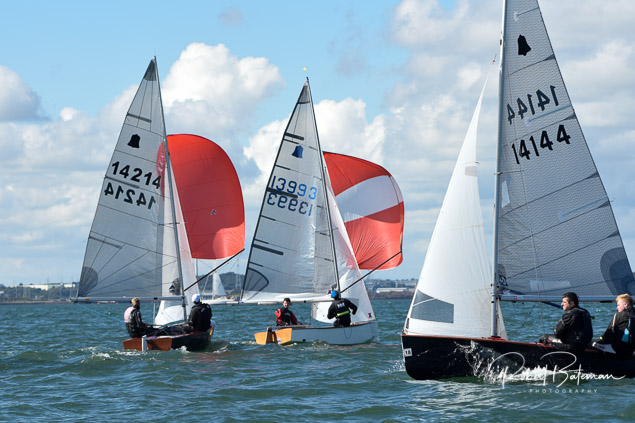
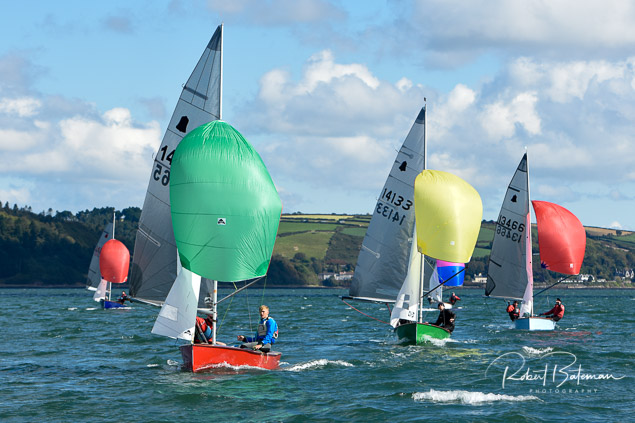


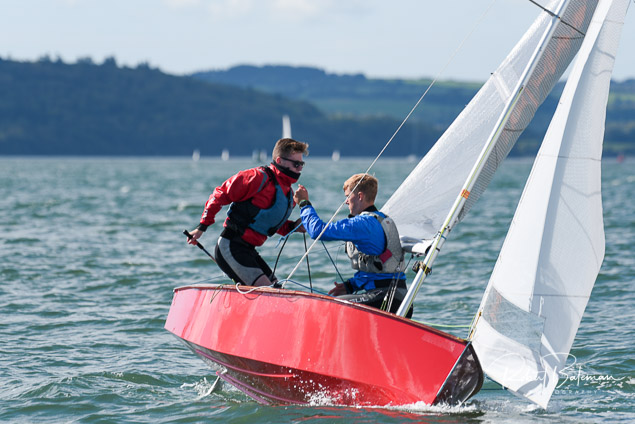

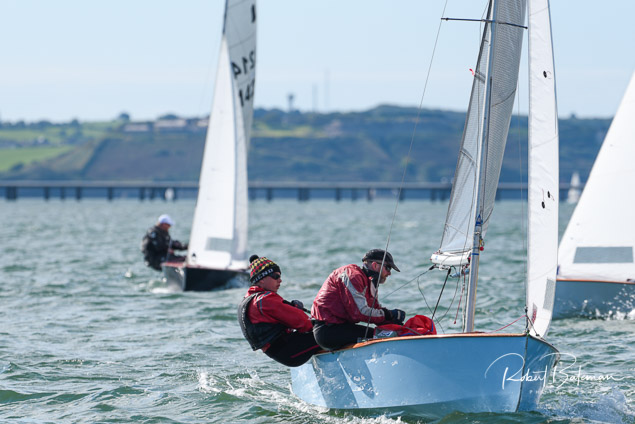
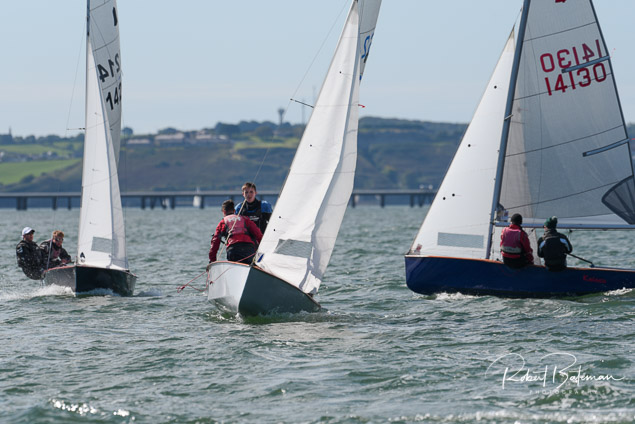
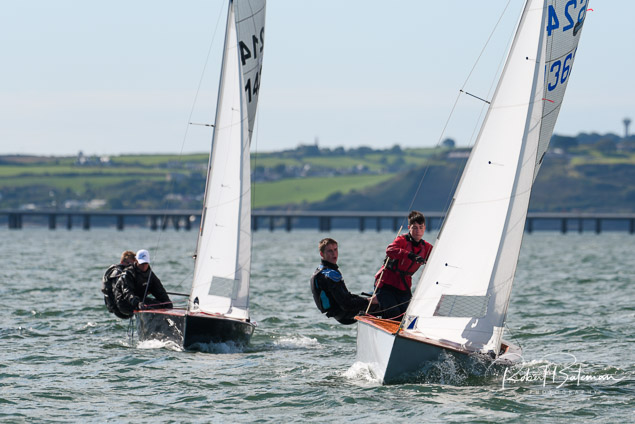
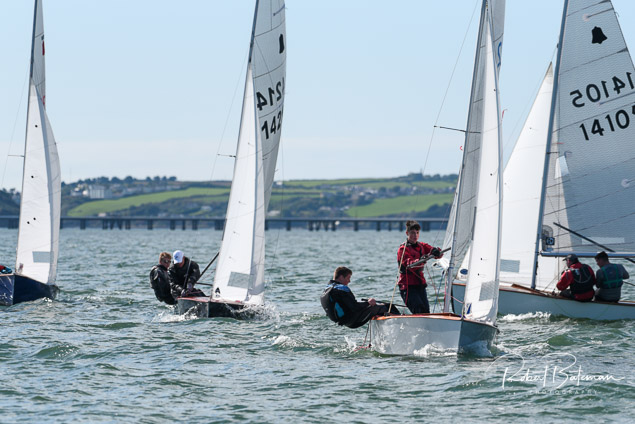

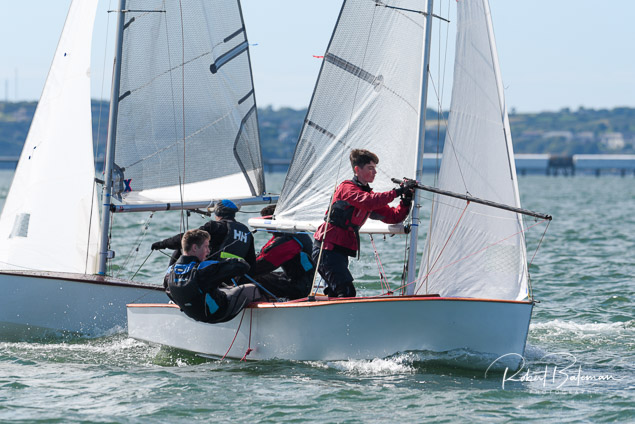
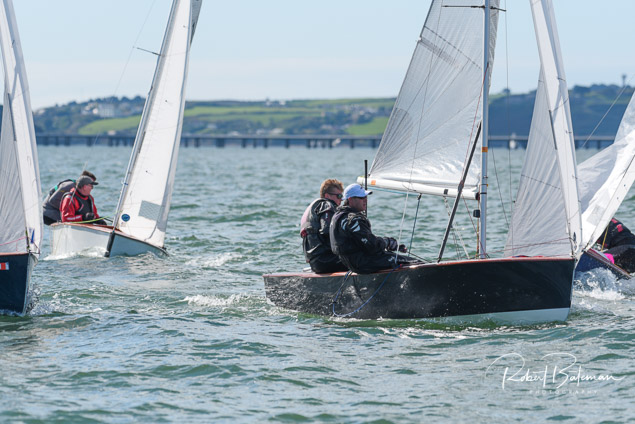
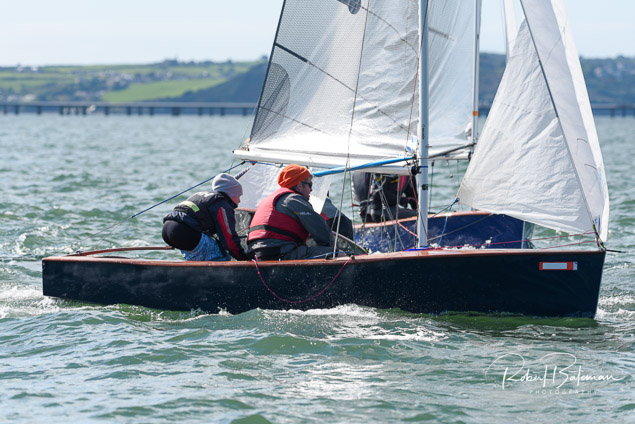
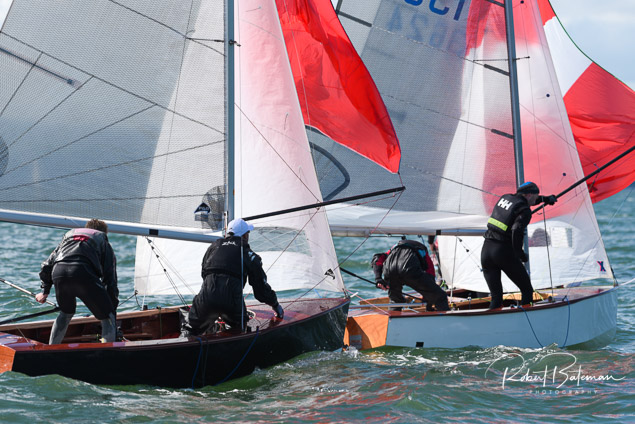
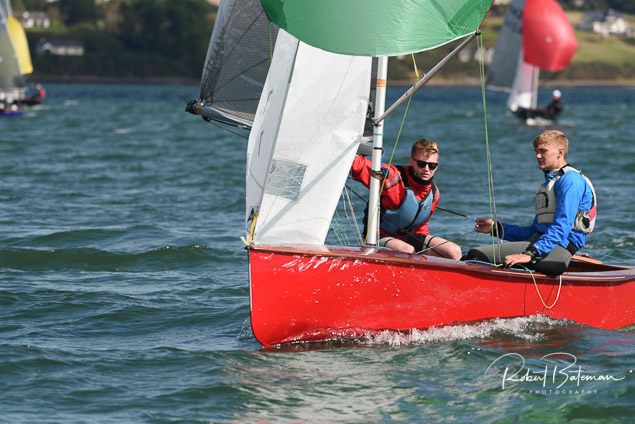
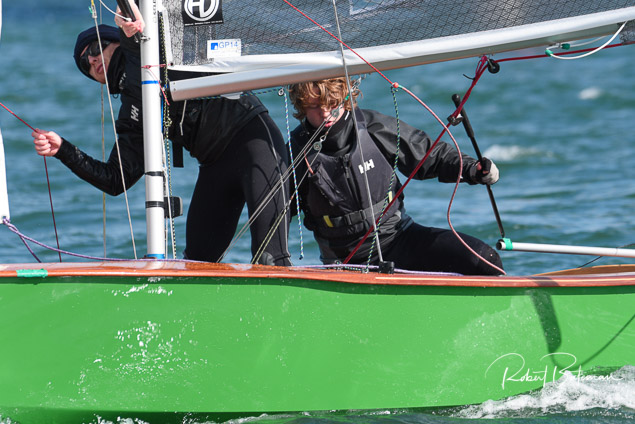
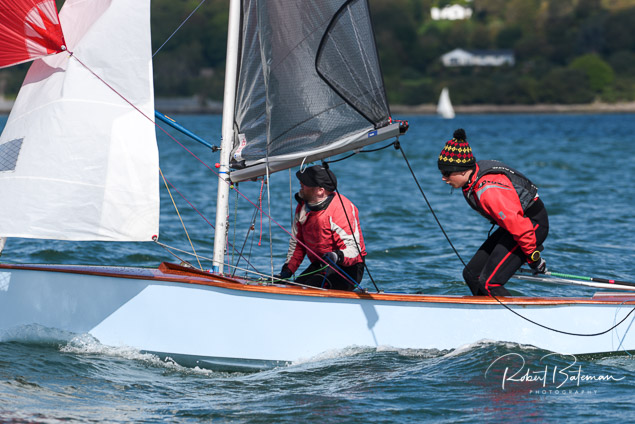

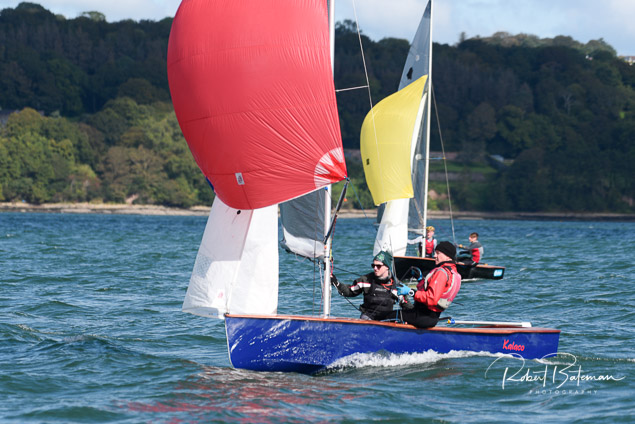
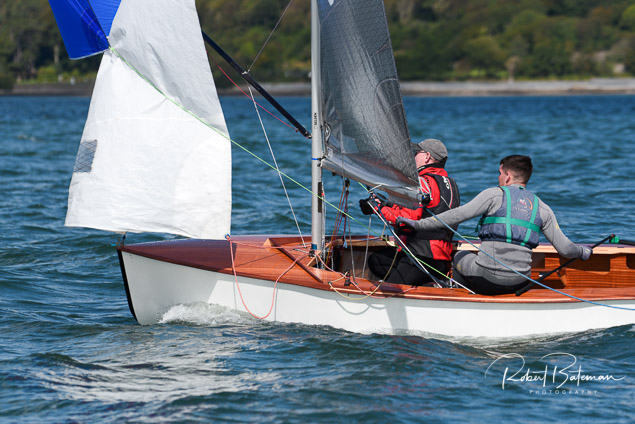
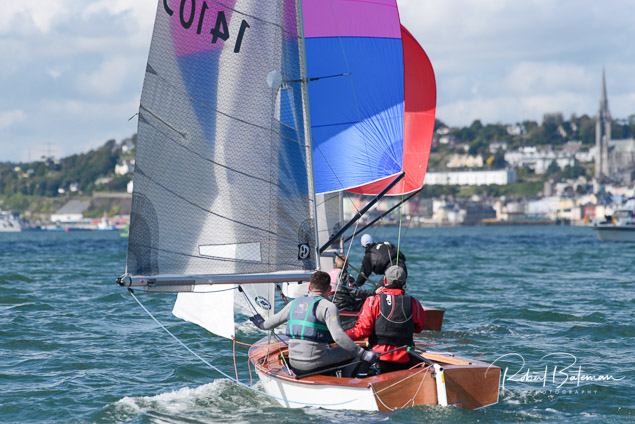
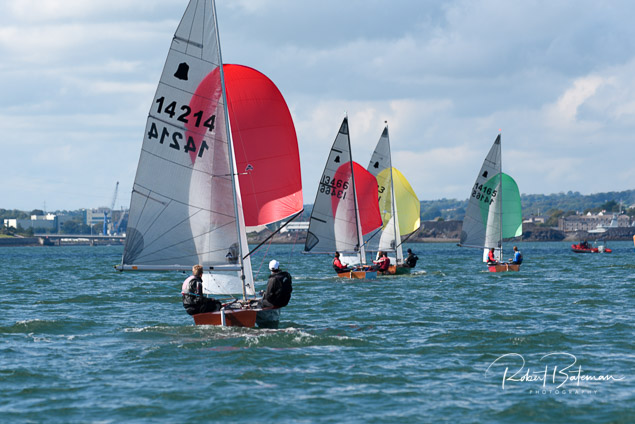

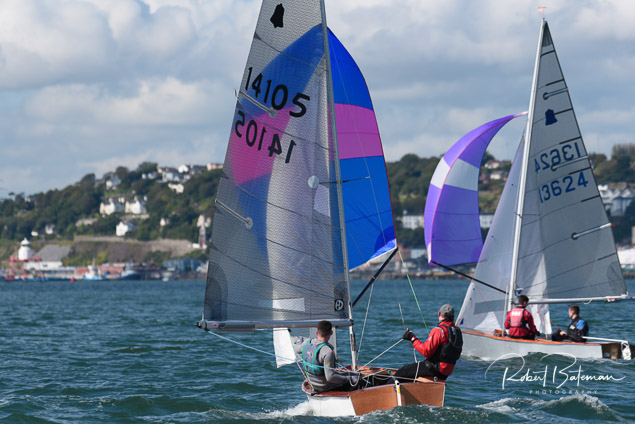

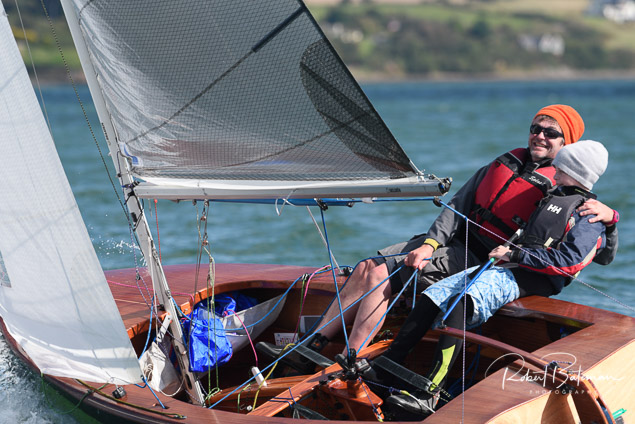
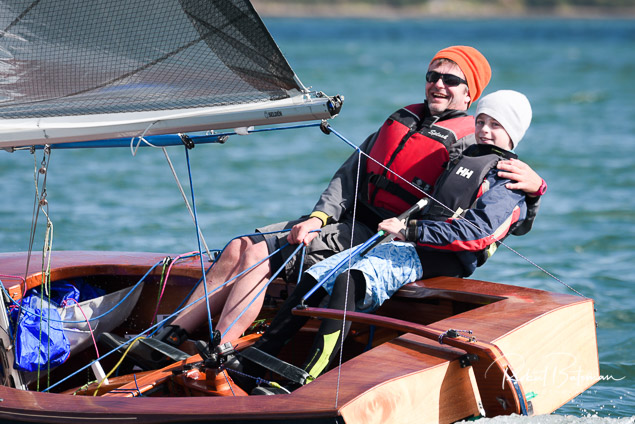

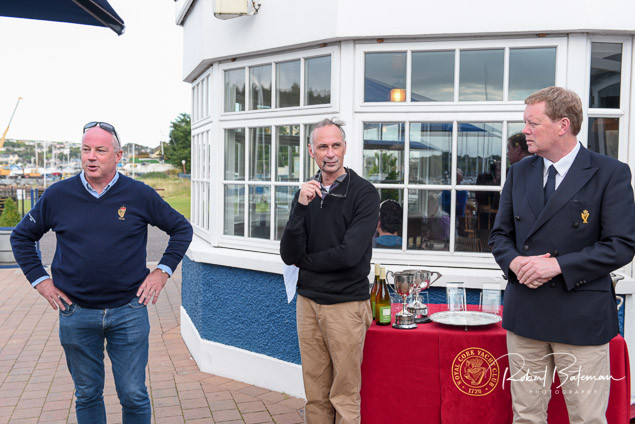
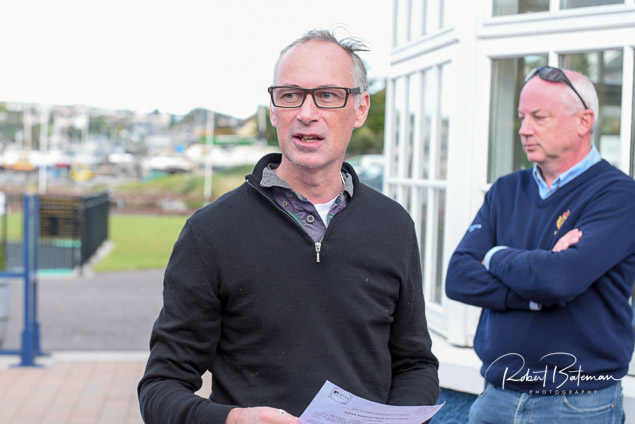

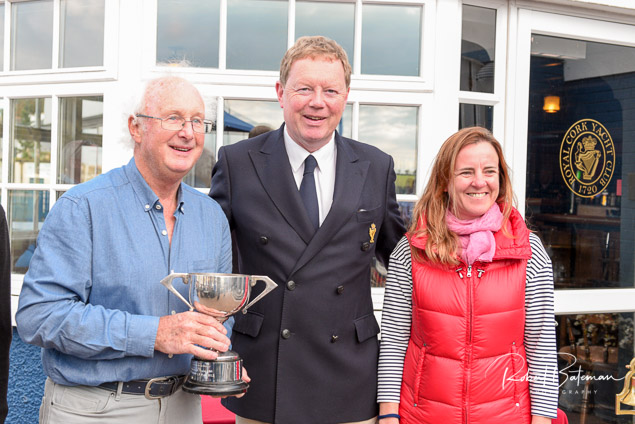
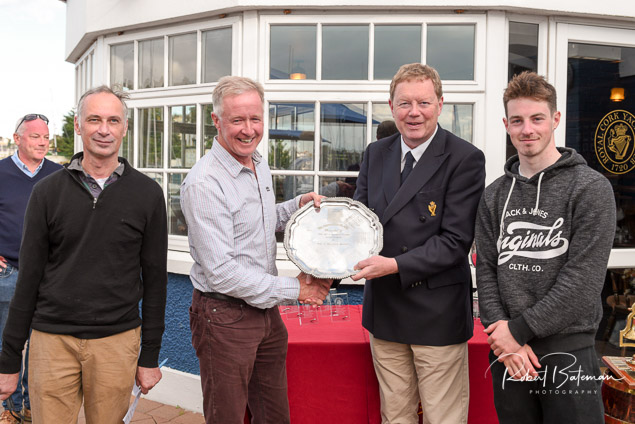
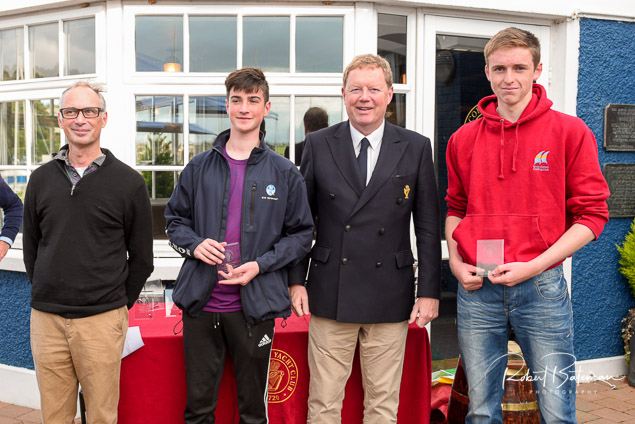
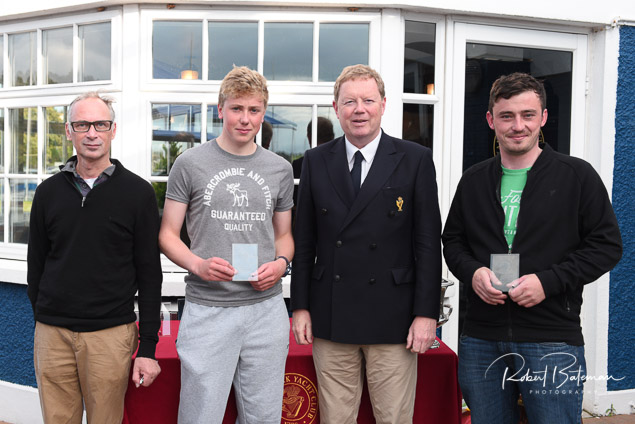



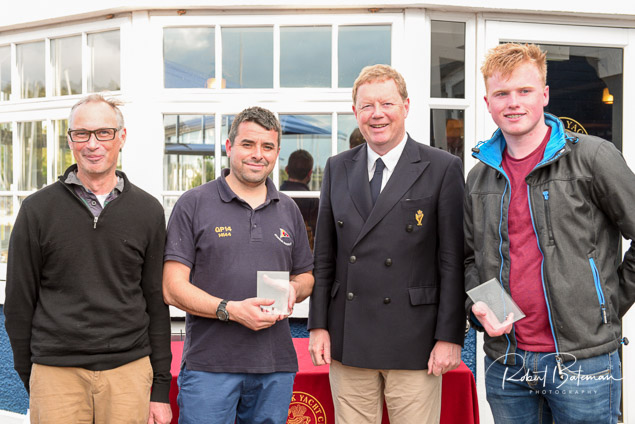
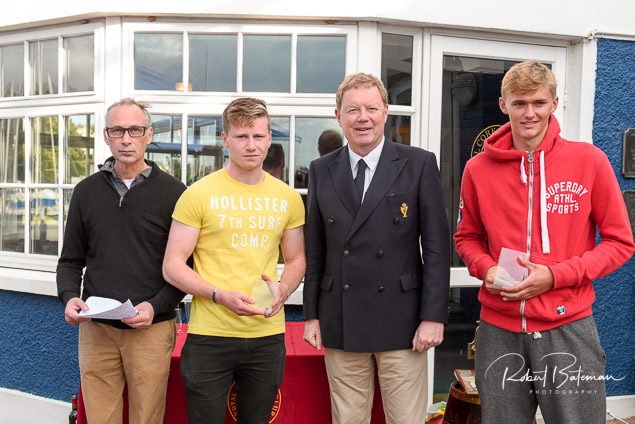
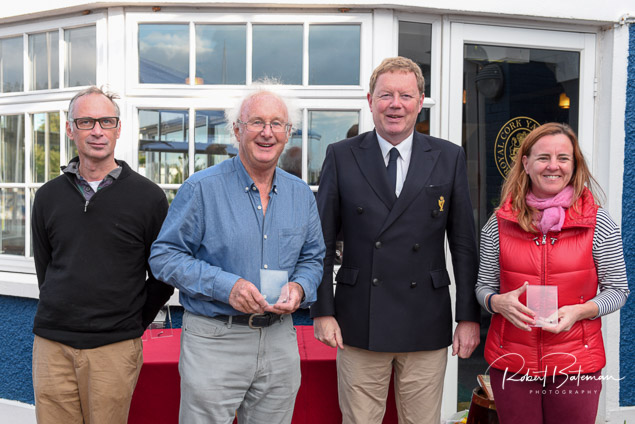
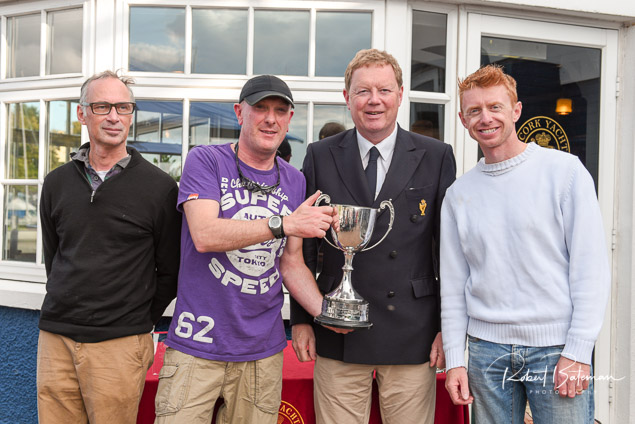
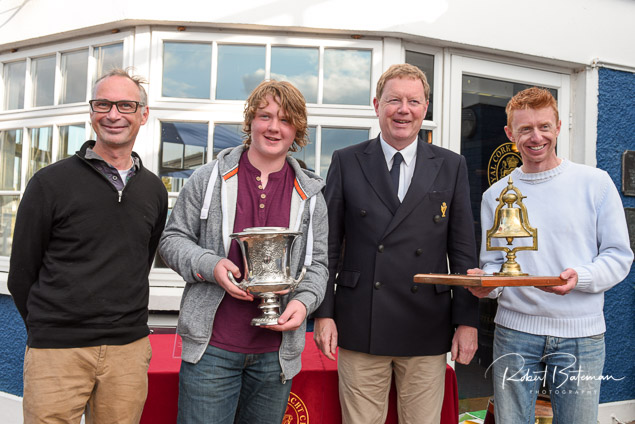
Fourth Overall For Royal Cork's Anchor Challenge at Quarter Ton Cup
Winds ranging from 5 knots to 27 knots provided a thorough test of competitors at this year's Coutts Quarter Ton Cup. Few teams were able to maintain consistent performance across such a wide range of conditions and for most it was a very high scoring series but Royal Cork's Anchor Challenge skippered by Paul Gibbons was among the top boats that did coming in forurth overall, missing out on the pdium by jusat three points after seven races sailed. Download results below.
Sam Laidlaw's Aguila dominated the front of the fleet throughout the championship and put up an impressively flawless performance today, winning all three races. Laidlaw's team of Brett Aarons, Dan Gohl, Tom Forrester-Coles and Robbie Southwell, finished the series as overall winner, counting just nine points from seven races.
Speaking after racing Sam Laidlaw was delighted to have finally got his hands on the legendary Quarter Ton Cup, "I'm really excited, because we've had a number of attempts at this and been in the top three on several previous occasions. The crew have been fantastic. Brett has done a great job of looking after and preparing the boat and has been sailing with me for a long time now. With Dan on the bow, Tom on the jib and Robbie too we've got a very solid team.
"We couldn't have had two more different days. It's been a really well run regatta. It was a pity there was no racing on Wednesday, but I think it was the right call. The courses were very good and Rob Lamb did a great job, particularly in getting 4 races in on Thursday which was a real triumph.
"We haven't really made any changes to the boat for this season. We lost our mast in Cowes last year so had to replace that, but otherwise we've just had a lot of time in the boat, working on our crew work and making small tweaks rather than anything major. It's the crew who do all the work, I just sit at the back and steer!"
Apart from a shocker in the final race, Ian Southworth's Whiskers also sailed a consistent regatta, counting predominately first and second places to finish in second overall on 14 points. Third overall was taken by Mark Richmond's Cote on 29 points and fourth by Gibbons' Anchor Challenge on 32 points.
Race detail
The first start today (for Race 5) was postponed at the last minute when it became clear, in the words of principal race officer Robert Lamb, that: "...there was way too much interest in the port end of the line." The pin was moved six lengths downwind for the next start, but the fleet was still very keen to approach the line, with a couple of mid-line boats over with 20 seconds still to go, and a big bunch of boats rapidly piling into the pin end. Now confident that the line was fair, Lamb called a general recall and a black flag for the next start.
This time the fleet was much more line shy, getting away cleanly, with Mark Richmond's Cote winning the pin end, ahead of Whiskers. Richard Fleck's Per Elisa was also well placed, on the windward hip of Whiskers, while Louise Morton's Bullit looked good ahead of the other boats starting mid-line.
In the early part of the first beat Whiskers, Mike Daly's Cobh Pirate, Blackfun and Peter Morton's Innuendo all went well left. At the first windward mark, however, William McNeill's Illegal came out with a commanding lead ahead of Cobh Pirate, with Aguila and Per Elisa rounding in unison in third and fourth places on the water. Aguila regained the lead on the second lap, while Whiskers crept up to second place both on the water and on corrected time on the run to the finish.
Further back in the fleet, two of the favourites for winning the Quarter Ton Cup - Tony Hayward's Blackfun (who started the day second overall) and Peter Morton's Innuendo - had a very disappointing start to the day, languishing in 16th and 17th places respectively.
Race 6 started cleanly, with the fleet much more spread along the line than in the first. Aguila led the fleet around the first mark, an impressive 40 seconds ahead of Whiskers.
While yesterday's downwind legs were a high-adrenaline battle to stay in control, today's were much more gentle tactical affairs in which gybing on the biggest windshifts, while staying in the favourable tide in the North Channel for as long as possible, was critical.
At the end of the second windward leg, Whiskers had narrowed Aguila's lead to less than three lengths. The former gybed at the spreader mark, with Illegal following in her wake, while Aguila continued on starboard for 150 metres. The two leaders then closed each other, before Whiskers gybed onto starboard, and forcing her opponent to gybe almost simultaneously.
They crossed the finish overlapped, with Whiskers taking line honours, barely the length of the foredeck ahead of Aguila. However, with the latter rating three points less than Whiskers, Aguila won on corrected time by 10 seconds. Illegal took third place, her first podium result of the event, while Tom Hill's newly restored Belinda showed excellent promise, finishing fourth.
Race 7 saw three premature starters, and a number of boats that returned unnecessarily. Aguila again showed excellent speed in the softening breeze, but behind her there was a major shake up in positions. At the end of the first leg, Per Elisa was second on the water, ahead of Cote and Cobh Pirate, positions they all held to the finish.
Whiskers and Blackfun, the top two boats at the end of yesterday's racing, both had a shocking race, well buried in the fleet and with the former almost failing to weather the spreader mark having hoisted the spinnaker prematurely.
Multiple prize winners
As well as the main prize for the overall winner of the Quarter Ton Cup, the event also awards a raft of other prizes. The Roger Swinney trophy for boats other than the winners of the Open and Corinthian Divisions rating lower than 0.910 was won by Whiskers.
Terence Dinmore's Captain Moonlight won the prize for the oldest crew, with a combined age of 334 years, and Willie McNeill's Illegal the youngest (167 years). The oldest bowman, winning the walking stick, is 59-year old Led Pritchard of Whiskers. The concours d'elegance for the best-presented boat went to Lincoln Redding's Lacydon Protis.
Royal Cork's O'Leary Team Tumble Down New York Cup Leaderboard
Royal Cork's Anthony O'Leary tumbled down the leaderboard at the New York Yacht Club Invitational Cup yesterday. After a promising first day on Wednesday which saw the Cork Harbour team in fourth overall, O'Leary now lies 11th overall after nine races in the 14–boat fleet. There are three more races left to sail in the Cup. Full results are here.
To describe the tactical approach which led Eastern Yacht Club to the low-point score of Day 3 of the 2017 Cup, Ben Richardson used a word not often associated with successful big-boat sailing: reactionary. "You had to be pretty reactionary," said Richardson, a former Laser Masters World Champion and Pan Am Games competitor. "We never went into any particular race saying, 'Oh, you've got to go left,' or 'You've got go right.' You had to continually adapt up the beat and see where the pressure was. There were pretty big pressure differentials and you had to connect the dots up the beat, and on the run."
Eastern Yacht Club moved from fourth to third in the overall standings and now has a 15-point advantage over a pack of boats clumped in fourth to ninth. Southern Yacht Club finished third on the day, but only two points behind Eastern, and leads the regatta by 9 points over Royal Sydney Yacht Squadron, which won two of the day's three races.
The 2017 Rolex New York Yacht Club Invitational Cup takes place September 9 to 16 at the New York Yacht Club Harbour Court, in Newport, R.I. Amateur sailors representing 14 yacht clubs from around the globe have converged on Newport to race in the ultimate one-design, big-boat competition. The boats and sails are provided and the rig tune is standardized across the fleet. The Rolex New York Yacht Club Invitational Cup is sponsored by Rolex, Porsche, Nautor’s Swan, AIG and Helly Hansen and is being broadcast live via the web.
One of the key calls of the day came well before the first start. Principle Race Officer Ron Hopkins initially sent the fleet to the offshore course, but when the fog rolled in he reversed coursed and moved the fleet north of Gould Island, inside Narragansett Bay, where the water is flatter, the wind is a little less predictable and the racing is more frenetic.
Not surprisingly, some teams that had struggled offshore came alive on the "inside" course, including the Japan Sailing Federation, which scored a third, fifth and seventh on the day and moved from 10th to seventh in the overall standings.
"For us, the outside course was not so good," said Yasutaka Funazawa, the skipper for the Japan Sailing Federation. "So we have to change something. We are getting better. Today was more the team working well."
Also making the most of "moving day," as the middle day of a long regatta is often known, was the host New York Yacht Club, which found its rhythm after a string of tough races to start the regatta and moved from 11th to sixth on the strength of a fifth and two fourths.
"I went to school at Boston University and sailed in the Charles River, so shifty conditions have always been good for me," said tactician Brad Read. "We’re starting to get more confidence. We’ve been working really hard, out there between races we’re doing timed runs at the start. We just haven't been very good at it [during the first six races]. So practice makes perfect, and we're practicing really hard between races to get our time and distance right.
"Our motto going into today was: it's the start of the fourth quarter and its 28-9," Read added, referencing the New England Patriots' improbable comeback last February in Super Bowl 51. "It's just picking away, every tack is important, every jibe is important, every mark rounding is important. We’re doing the little things now and it's making it more fun to go sailing."
Not surprisingly, however, the teams that were really strong on the first two days, continued to shine. Great teams transcend the conditions. Southern Yacht Club and Royal Sydney Yacht Squadron combined to win all three races and take four of nine podium positions today. The Australian team knocked a point off the 10-point lead Southern enjoyed in the overall standings to start the day and both boats, along with Eastern, moved further clear of the rest of the fleet.
"Two years ago we got off to a similar start," said Richardson. "[In 2015] once we moved inside during the last few days of the regatta, we really turned a corner and came right back in it. The same thing happened today. Our starts were improved, but as everybody knows, getting away from other boats makes a huge difference."
Richardson also noted that after six days of practice and racing, each team has found its comfort zone in the Swan 42s.
"If you give away a little bit, that’s something you’re not going to get back," Richardson said. "We've all been sailing for six days, and some teams came more prepared than others. But every team is getting it down now."
The race for first has really come down to three boats, and two of them will need some help from the current leader if they want to hoist the Rolex New York Yacht Club Invitational Cup trophy on Saturday. Another strong day by Southern tomorrow may well sort out the overall podium. The most interesting racing may focus on the battle for fourth, with six teams all within 8 points of that spot. Those positions are unlikely to be decided until the final beat of the final race.
Royal Cork's Anchor Challenge Racing at Quarter Ton Cup, Day One Blown Out
Strong winds prevent play on opening day of Coutts Quarter Ton Cup 2017. 23–boats are entered for the event with a single Irish boat in the line up of exquisitely prepared classic race boats – along with some of the world's best sailors – have gathered in Cowes for the 13th edition of the Cup.
Paul Gibbons and the Anchor Challenge crew (including four–time Olympian Mark Mansfield onboard ) from Royal Cork Yacht Club are in the high–end fleet with competitors drawn from four countries.
As regular Afloat.ie readers will recall ICRA Champ Gibbons was in warm up mode late last month at his Cork club's At-Home regatta taking the top prize in Crosshaven. The RCYC sailor is also an inaugural IRC Euro champ, earning that honour at Cork Week 2016.
As ever, there's a diverse variety of sailors, ranging from members of Ben Ainslie's 2017 Land Rover BAR America's Cup team, through seasoned trans-Atlantic solo racers, to long-standing Solent gurus. However, parachuting in a team of hot-shot experts is no guarantee of winning this event - it's often the crews that have practiced and raced together over a longer period that have the consistency to come out on top.
Cork Harbour sailors has won the revived 'Corinthian' division of the Cup three times since 2005. Royal Cork's George Kenefick won it twice in 2011 and 2012 (and earned him Afloat Sailor of the Year award) and in 2014 Cork Harbour's Illes Pitiuses sailed by Dominic and Jason Losty were also winners.
The opening day dawned with blue skies and a brisk 20-25 knot westerly breeze. However, with the wind forecast to increase during the morning, the fleet was held ashore while two mark laying RIBs ventured out at 1100 to check on conditions first hand, which led to a decision to abandon racing for the day.
"We've been out on the Hill Head Plateau, where there's 22-25 knots of wind, with a sharp Solent chop and broken water," explained Principal Race Officer, Robert Lamb of the Royal Southampton YC, "...and there's no prospect of the wind dropping before the tide turns to the west later this afternoon, when the wind against tide will kick up an even worse sea state."
With the two Quarter Tonners that broke rigs during this year's Cowes Week serving as a fresh reminder of the relatively fragile nature of these boats, there was overwhelming support for the decision from owners and sailors. "I think everyone will be pleased, especially at this stage of the regatta, where you don't want to risk damage," said Tom Hill, owner of the newly restored Belinda.
Hill is a long-standing Quarter Ton owner, having sailed Runaway Bus for several years, before buying and refitting Belinda. "The standard is very high in the fleet," Hill says, "so you have to keep improving and you learn a lot by sailing against the strongest teams. Belinda is a fairer shape than Runaway Bus and is a much better boat in stronger breezes. John [Corby] did a fantastic job - the boat is now very rigid and feels really solid in a way that's lacking in some older boats."
Tomorrow the forecast is for a west-north-westerly breeze averaging 15 knots, but with significantly strong gusts. The intention is to complete four 45-minute races, with the first warning signal for the 23-strong fleet at 1100.
Royal Cork's O'Leary Fourth at New York Cup
Anthony O'Leary's fifth time a the New York Yacht Club Invitational Cup at Newport, R.I has opened with a fourth overall position for the Royal Cork Yacht Club entry. After three races in a fresh southwesterly breeze, Southern Yacht Club and Royal Sydney Yacht Squadron stand first and second in the regatta, with five and seven points, respectively.
Click here for the overall results.
Amateur sailors representing 14 yacht clubs from eight countries from around the globe have converged on Newport to race in the ultimate one-design, big-boat competition. The boats and sails are provided and the rig tune is standardized across the fleet.
After qualifying by winning last September's Resolute Cup, Southern Yacht Club has spared no expense nor effort to prepare its team for the Rolex NYYC Invitational Cup. The Club syndicate purchased a Swan 42 and competed in a number of regattas this past summer. The results of this hard work were immediately obvious today as Southern Yacht Club, with Marcus Eagan at the helm and 2004 Olympic silver medalists John Lovell calling tactics, took second in the first race, second in the second and then added a first in a third.
"We have a good team," said Lovell, a four-time Olympian in the Tornado class. "We’ve been practicing. Andrew [Eagan]’s trimming the jib really well. We’re really excited and hoping to stay in that top group. I’m sure we’re going to have one of those days where we get in the back a couple times. We had a couple crosses where we barely made it, and if we hadn’t we would have been pack in the pack. So everything just seemed to go right today."
On the other hand, Guido Belgiorno-Nettis, the helmsman for the Royal Sydney team, hadn't laid a hand on the wheel of the Swan 42 for two years when he showed up for the first day of practice on Saturday. And his team hasn't spent a lot of time sailing together. But that didn't stop them from winning the first race and then adding a pair of thirds for a comfortable second place in the overall standings.
"It’s so nice to have a group of guys to come together," said Belgiorno-Nettis. "They were all sailors for a long time, but we had hadn’t actually sailed together as a team. They just dug deep, and we figured out the way pretty quickly by the looks of things."
But the wiry Australian—of Italian descent—was quick point out that prior success is no indication of future performance. And that there are four days left in this event.
"I'm sure we’re going to go backwards in other races because it’s natural," he added. "You can’t do great work every day in every regatta. I've been to too many. I think for us it was a good moral lift to be able to be successful today, we’re happy to end out in the front end. The guys are enjoying it. The New York Yacht Club puts on one of the best regattas in the world, if not the best."
Eastern Yacht Club finished strong with a second in the the third race and currently sits third, with 13 points. Rounding out the top five are Royal Cork Yacht Club—a five-time Rolex New York Yacht Club Invitational Cup competitor—and the defending champions from Royal Thames Yacht Club.
The biggest cheer in the tent today, however, went to a team that currently sits sixth. After 45 races over four regattas, the Royal Hong Kong Yacht Club team finally won its first Invitational Cup race in the day's second contest. Few teams have matched the passion of the RHKYC, which always shows up determined to have a good time and has succeeded each time, no matter the final results.
Royal Cork Boats Finish in the Dark as August/September League Concludes Summer Racing
Royal Cork Yacht Club's Fitzgerald Menswear sponsored August/September League finished last night in autumnal conditions with most boats finishing in the early darkness! The westerly breeze was up and down throughout the race, averaging 14knts. High tide allowed the fleet to use the full inner Cork harbour.
PRO Dave Coveney used course 70, sending the fleet on a beat up to Cage buoy from Cork Beg. The fleet then freed sheets to no7. Some of the fleet hoisted their spinnakers. Then it was fetch down to 13, back to 9 and then a final beat and finish at Cage.
 Bad Company Photo: Bob Bateman
Bad Company Photo: Bob Bateman
Alpaca led the fleet from the start and finished first on corrected time thus moving her to first overall for the IRC All In six race series. Bad Company finished second in the race to maintain her second overall for the series. Denis Byrne’s ‘Cracker’ finished 4th on corrected time and finished third overall in IRC.
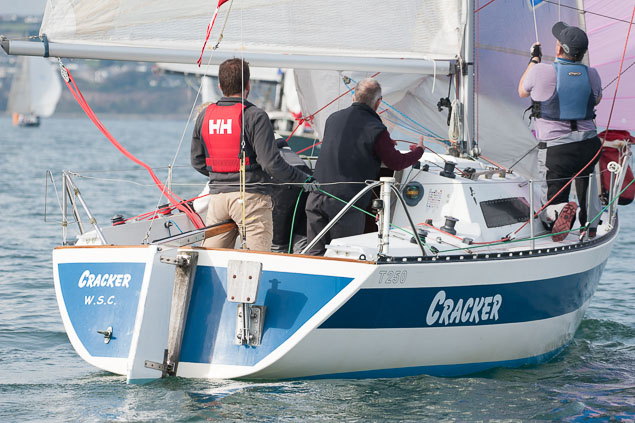 Cracker Photo: Bob Bateman
Cracker Photo: Bob Bateman
Denis won the ECHO handicap series overall with Richard Leonards ‘Bandit’ second and Ria Lyden's ‘Ellida’ third overall.
The White Sail IRC and Echo league was won by ‘Scribbler’ with the MacSweeney family crewing throughout the six race series. Second overall IRC went to Peter Webster’s ‘Thistle’. Peter and crew also finished third overall in Echo. Aramis (Pat Vaughan) came in third in IRC and Elegance (Paul O’Shea) finished second overall in Echo.
The Friday Night Whitesail Fitzgerald Menswear League concluded evening racing and was also won by Scribbler with Thistle second and Upstart (Barry Crockett) third.
Gibbons Anchor Challenge Wins Royal Cork 'At Home' in Build–Up to Quarter Ton Cup in Cowes
Paul Gibbons launched his immaculately–prepared Quarter–Tonner Anchor Challenge in order to use the weekend's Royal Cork Yacht Club's 'At Home' Regatta as a training run for his Quarter Ton Cup challenge in Cowes in a fortnight's time. In the three–race regatta, Gibbons produced three wins with an average winning margin of over three minutes per race.
As Afloat.ie reported previously, Anchor Challenge also won the ICRA Nationals this year (Afloat.ie's June report here) and before that was crowned IRC Euro Champion as part of Cork Week 2016.
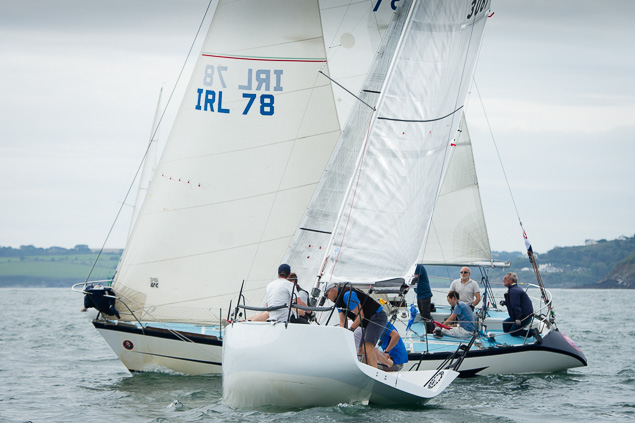 Anchor Challenge (on port tack) won all three IRC races of the RCYC 'At Home' Regatta. Photo: Bob Bateman
Anchor Challenge (on port tack) won all three IRC races of the RCYC 'At Home' Regatta. Photo: Bob Bateman
The predominantly light airs 'At Home' regatta suited the swift 25–footer in the three in–Cork Harbour races with RCYC race officer Kieran O'Connell.
For more on the 'At Home' read Bob Bateman's report and photo gallery here
Sole Irish Entry for Quarter Ton Cup
Anchor Challenge will be sailed at the Quarter Ton Cup by Paul Gibbons, Joe Bruen, Grattan Roberts and 2004 Star class Olympians, Mark Mansfield and Killian Collins, all of RCYC.
This is a pretty strong RCYC team but they will come up against teams in Cowes who will have three or even four professionals on board and who have been competing as a team in events all season.
The favourite for the event would be Sam Laidlaw's Aguila which has won most of his regattas this year. Last year's winner Bullet owned by Louise Morton should be well to the fore especially in stronger wind conditions.
Anchor Challenge has undergone some IRC modifications this year to improve her strong wind performance under the direction of Mark Mansfield but it will not be fully known how these will affect her until she does her first race at the Quarter Tons, the only Irish Cup entry this year.
Royal Cork Yacht Club 'At Home' 2017 Photo Gallery
Light airs gave a gentle start to Royal Cork Yacht Club's first day of the 2017 'At Home' Regatta in Cork Harbour yesterday writes Bob Bateman.
Scroll down for photo gallery below
Toppers, RS Fevas, Optimists, National 18s, Mirrors, RS 200s, Mangos, Topaz dinghies and a single 29er skiff plus a mix of cruiser–racers made up a good turnout for craft took part in the first day of racing in the “At Home’ sponsored – for the second year – by The Maher Private Hospital Cork.
Over twenty cruisers got a start outside White Bay and for the first race had a course of E2, no.7 P, No3P, No.7P Finish at No.3. In the All–in IRC cruiser division, the quarter–tonner Anchor Challenge is currently leading the scoring with two wins. Racing continues today.
The National 18’s were sailing for the South Coast Championship and seven of the Ultra boats were vying for honours in this class.
Two other courses were laid on the Curlane Bank, a thirty strong fleet of Optimists were sailing closer to the shore off Luk Beach.
Another Course was set for Lasers, Toppers and mixed dinghies including Mirror,Fevas, RS 200. Mango, Topaz and 29ER.
Results are HERE
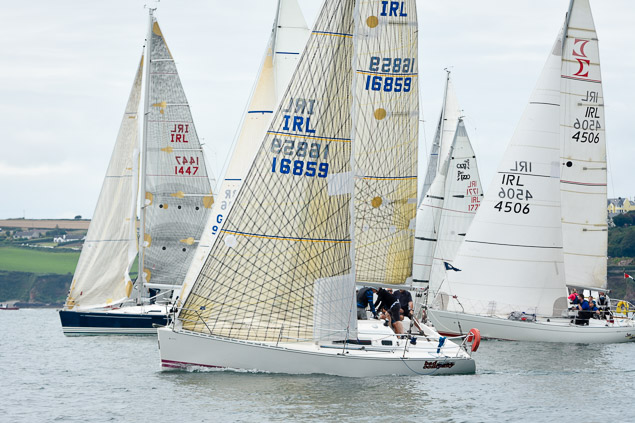


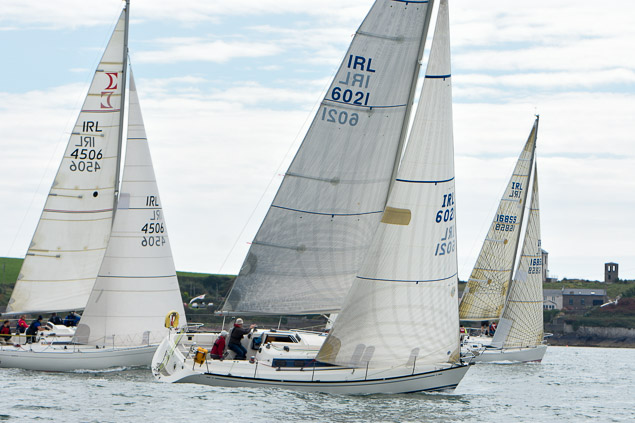
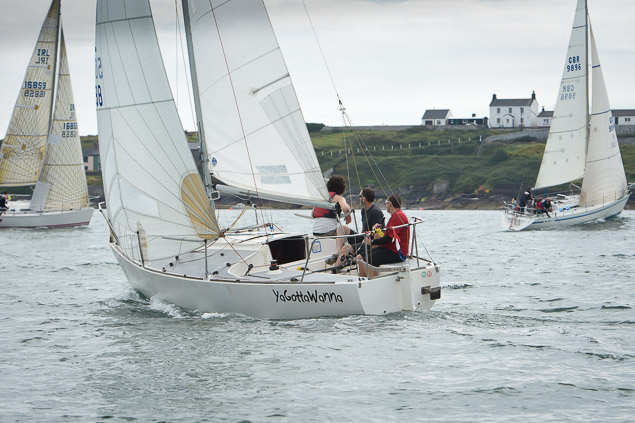
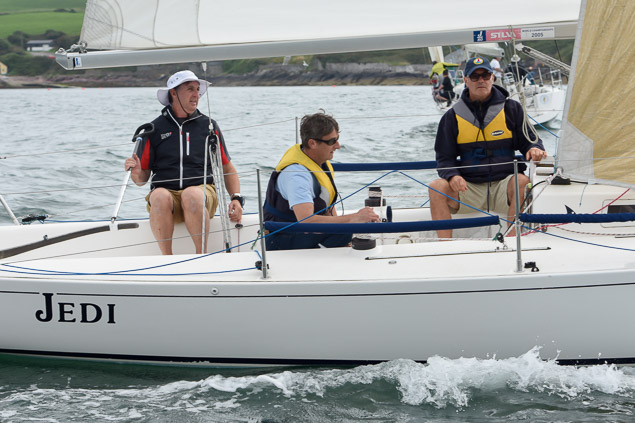


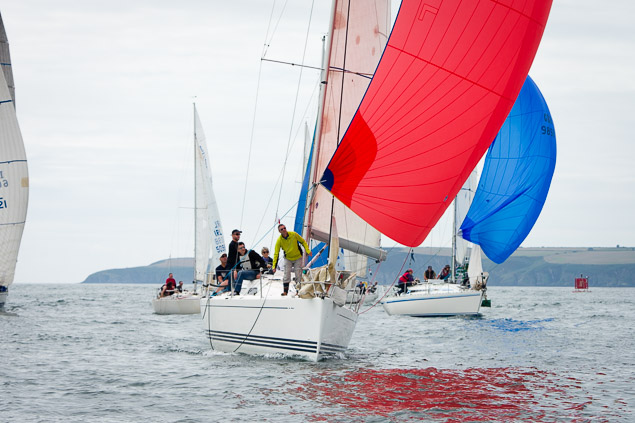


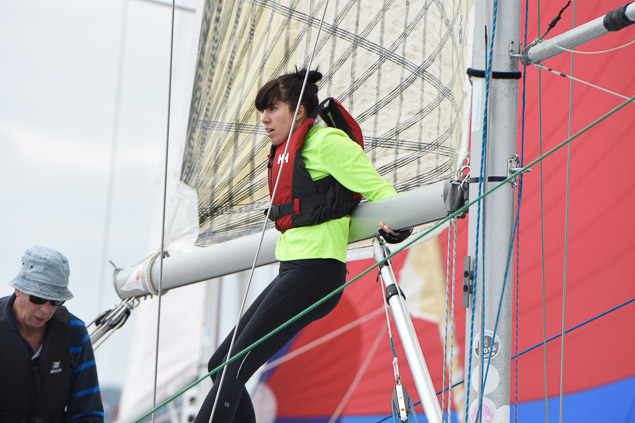
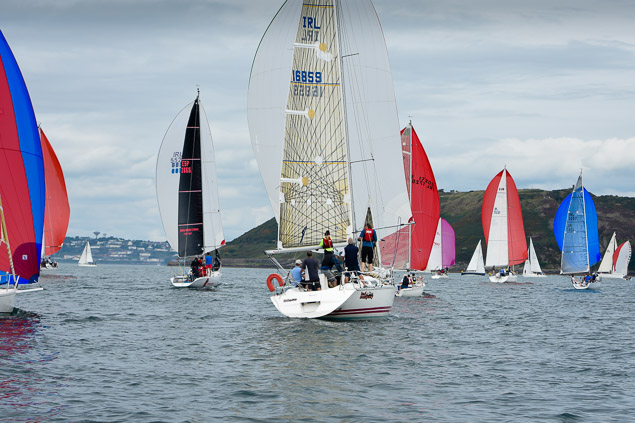
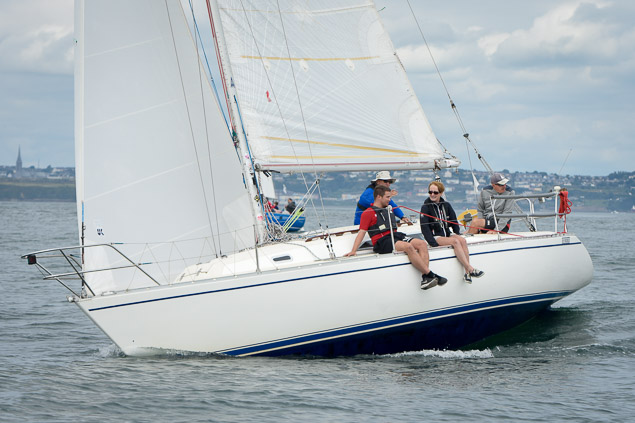

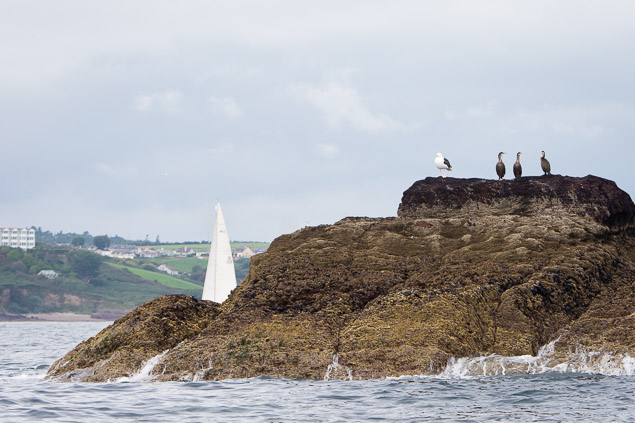
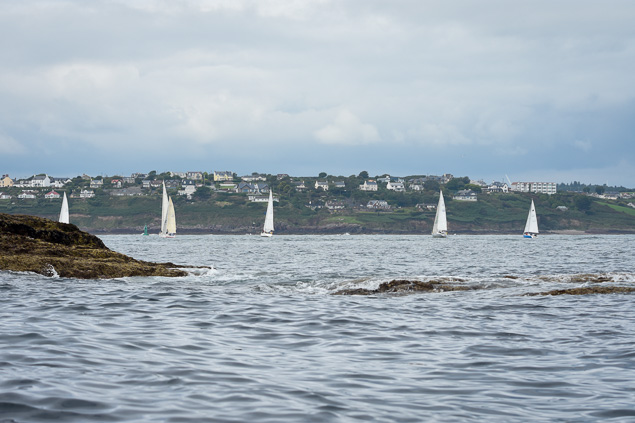
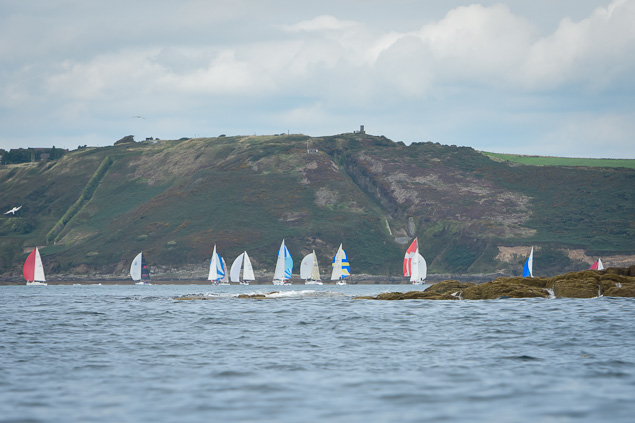
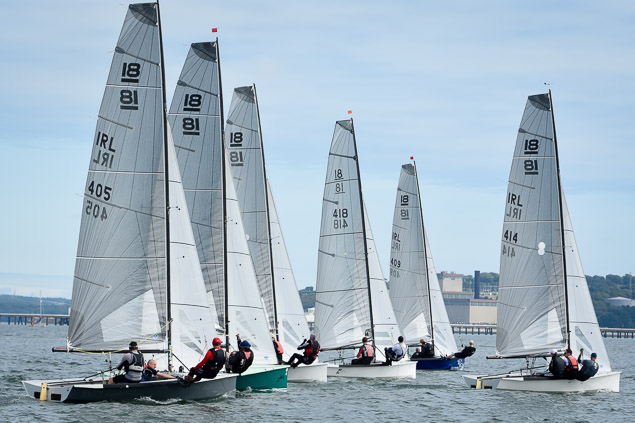


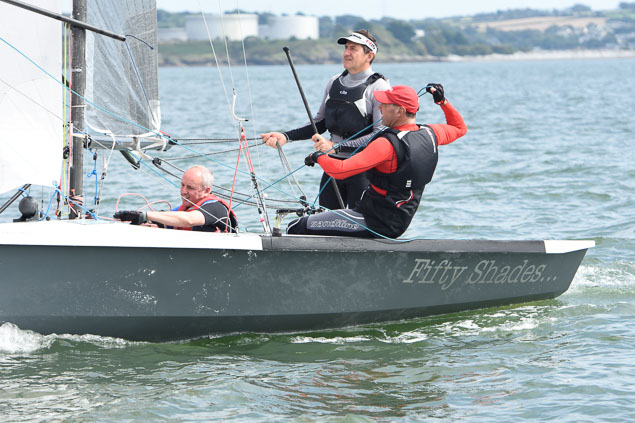

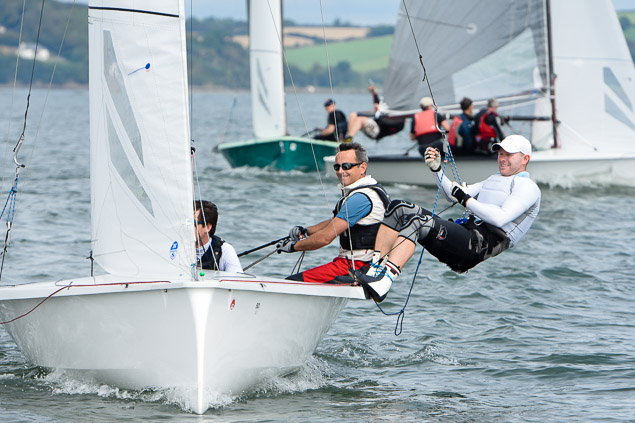
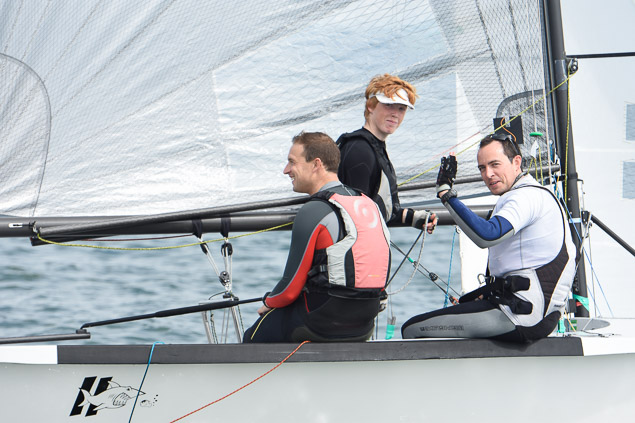


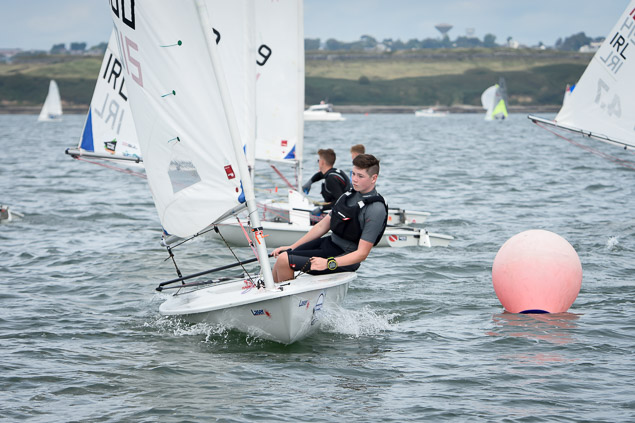
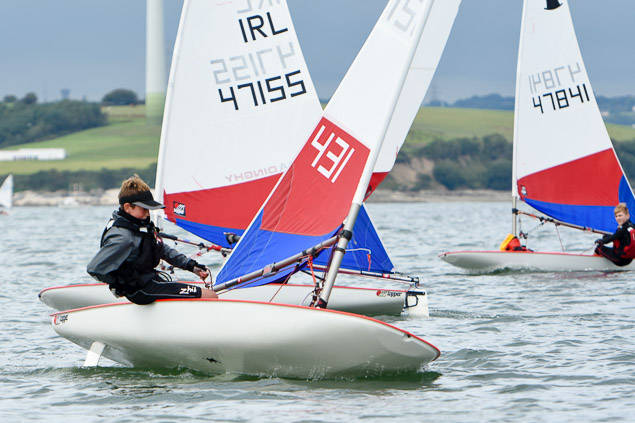

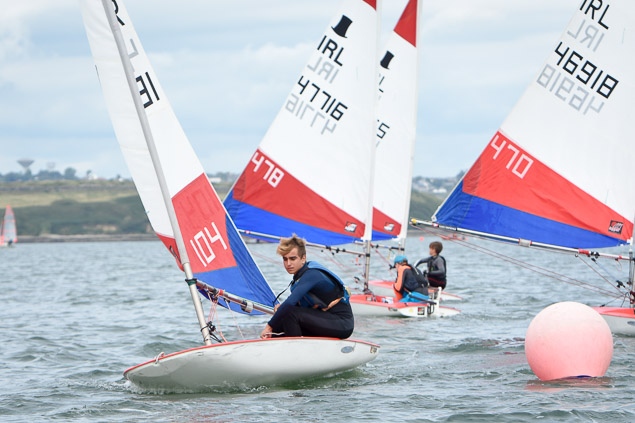


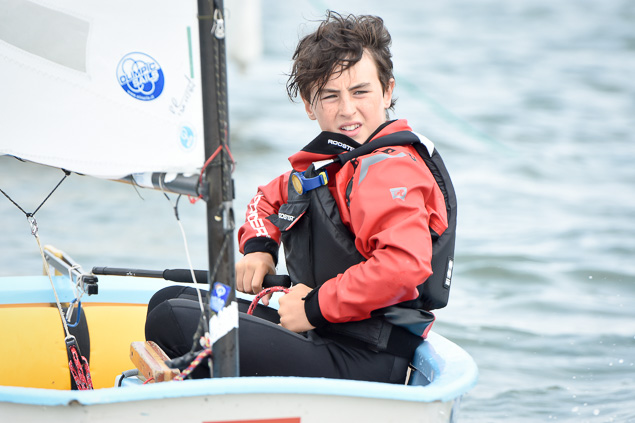
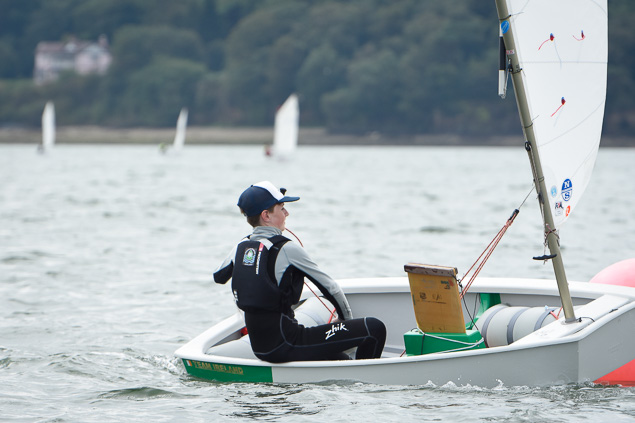

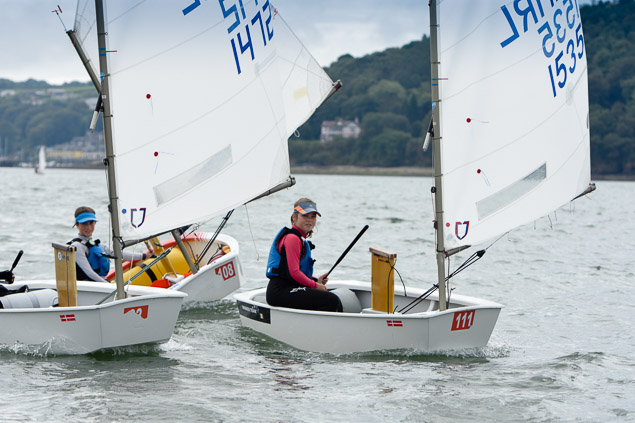

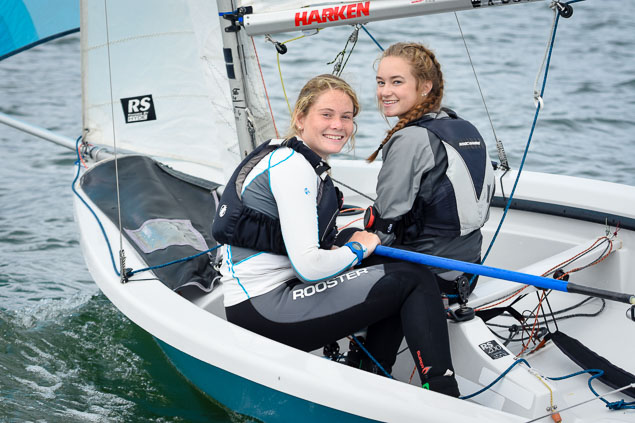

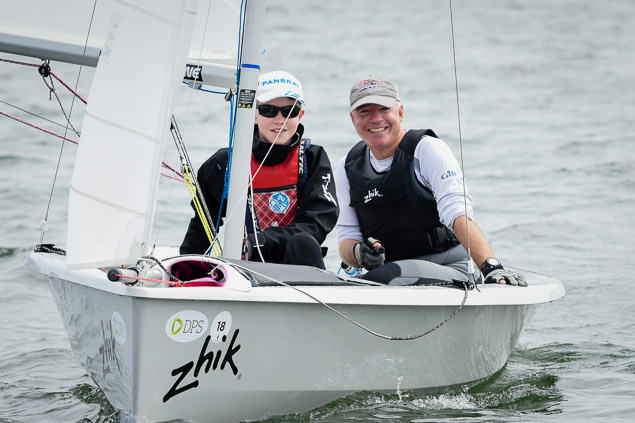
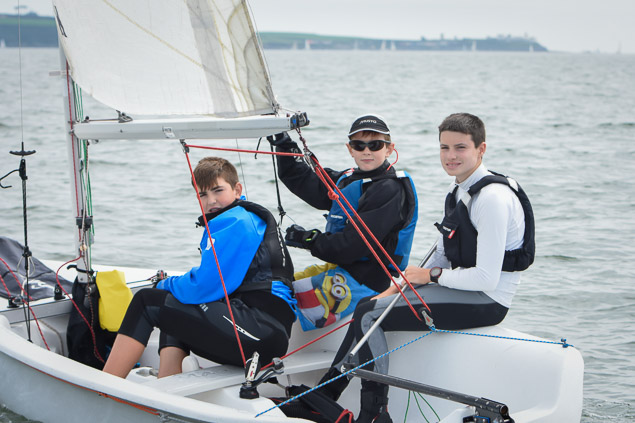
The scoreline's impressive but it belies the fact that on the water the National Yacht Club's Finn Lynch is not getting things all his own way at Royal Cork Yacht Club's Laser National Championships. A string of wins came to an end in race six this morning when Tokyo 2020 rival Liam Glynn, the former Topper World Champion, took the gun but it was business as usual in races seven and eight as Lynch built a six–point advantage over the Ballyholme YC man. Royal Cork's own Nick Walsh is third but some 17–points off Glynn.
Although Johnny Durcan made the tough decision to sit out the Laser Radial Worlds in Medemblik, Holland after day two (he was lying thirteenth after the first day) the Cork helmsman, who is recovering from injury after a capsize in California, was in fact back in action at the Nationals today, on the third day of competition in the full rig division, and counted a 3,4,2 to be right up there with Olympic trialists, Lynch and Glynn. See the standard rig results here.
Race officer Peter Crowley sailed the combined fleets in a westerly breeze outside Cork Harbour today.
 Sean Craig moves up to second overall in the 32-boat Radial fleet after eight races sailed Photo: Bob Bateman
Sean Craig moves up to second overall in the 32-boat Radial fleet after eight races sailed Photo: Bob Bateman
Royal Cork's Luke McGrath stays top of the Radials and he has 20–point margin over Sean Craig, a recent Radial rig convert, who has moved into seconf place. The Royal St. George multi–champion is now four points clear of club mate Patrick Cahill on 36 points. Read the Radial results here.
In the 4.7 fleet, Jack Fahy also maintains his overall lead with a seven point cushion and in a show of strength for the Royal St. George Yacht Club, another George helmsman is second with Tom higgins counting 18–points. Third is Michael Carroll from Kinsale YC. 4.7 results are here.

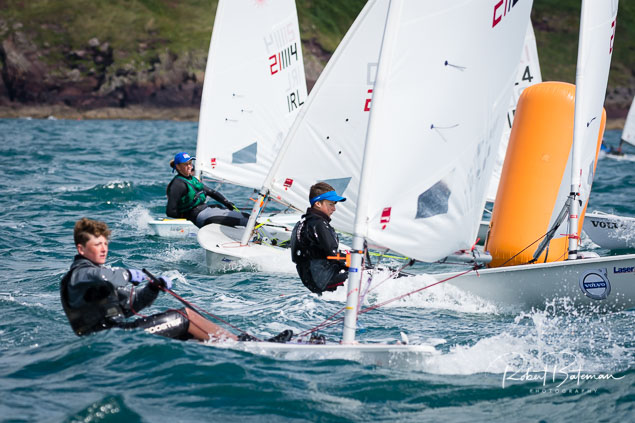

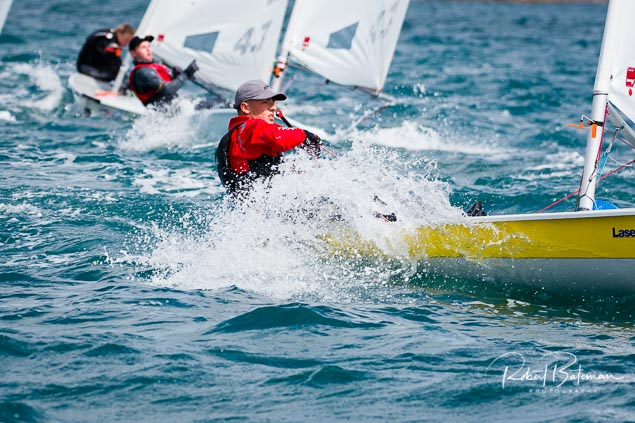

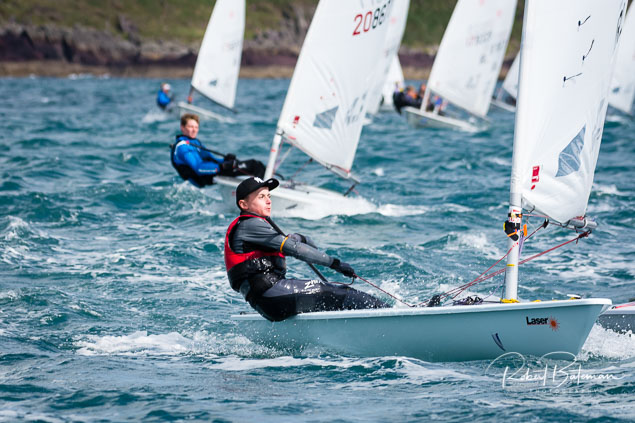
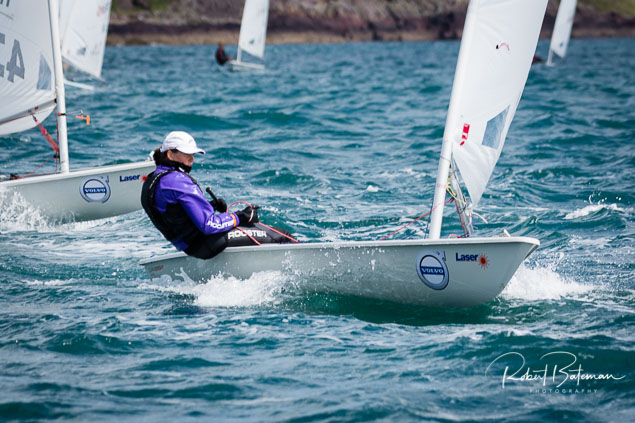
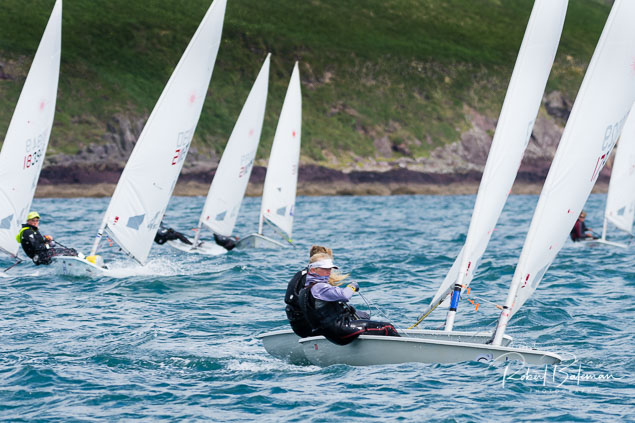
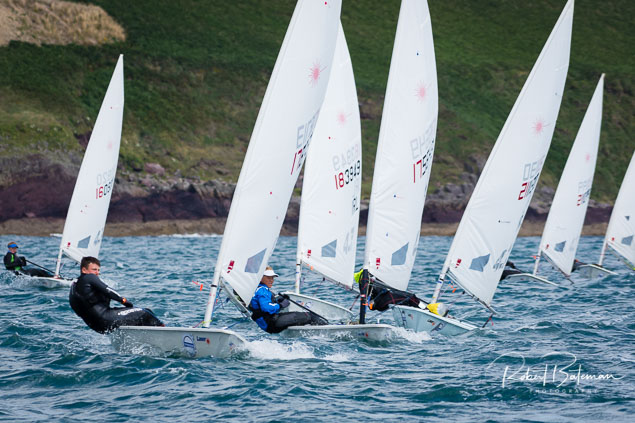


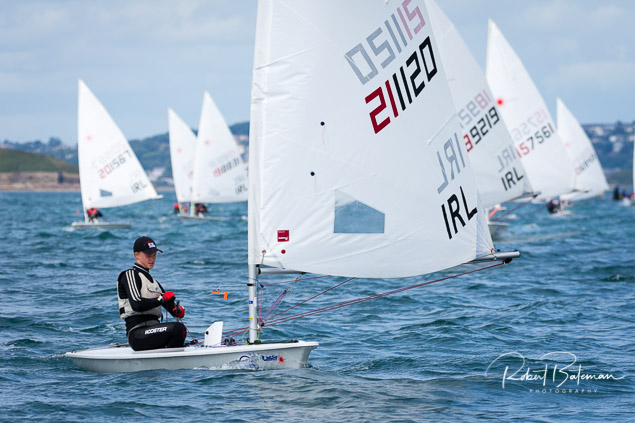
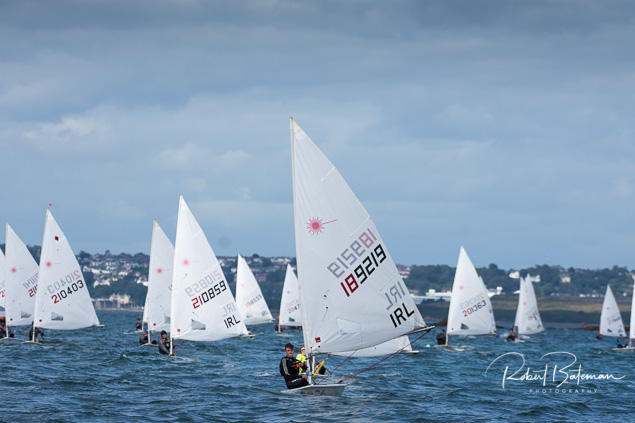
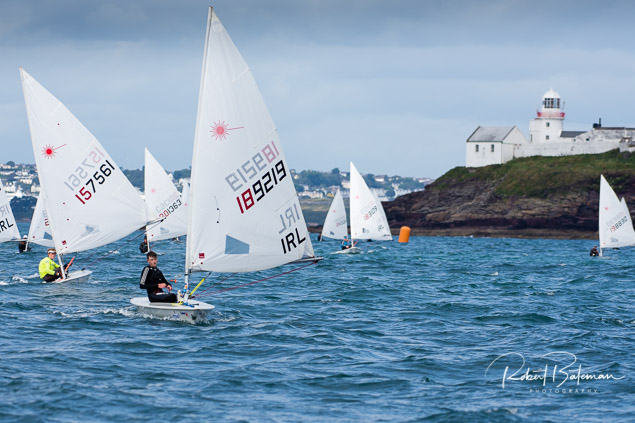
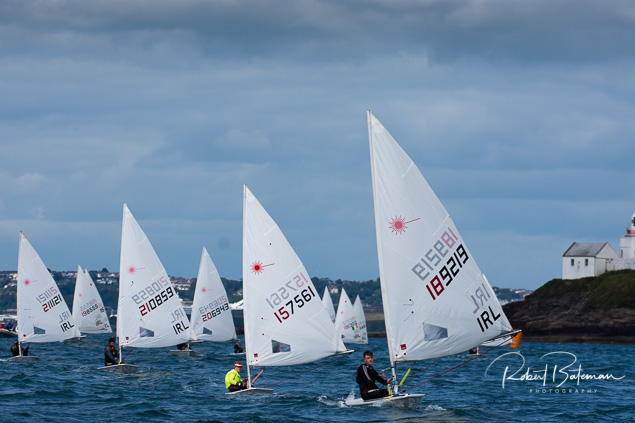
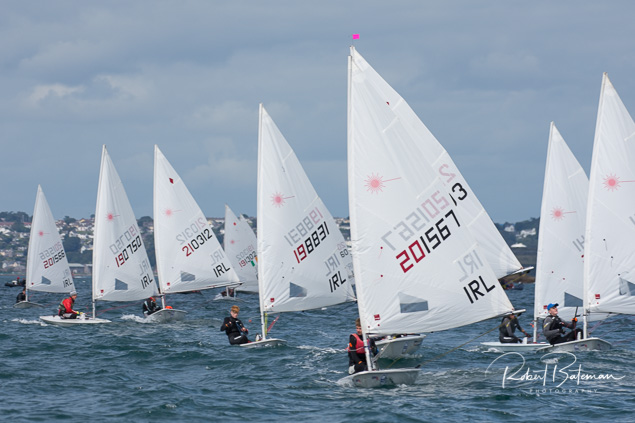
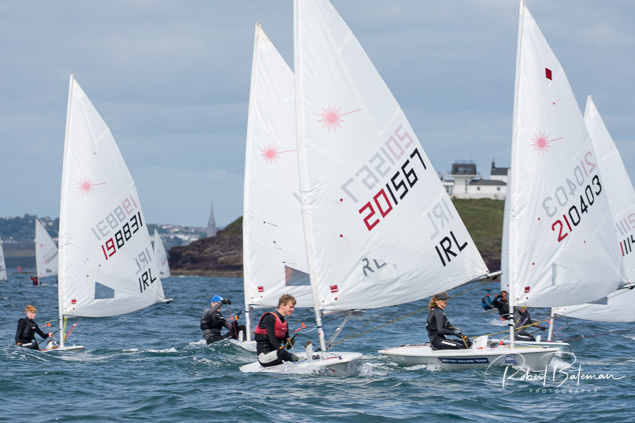
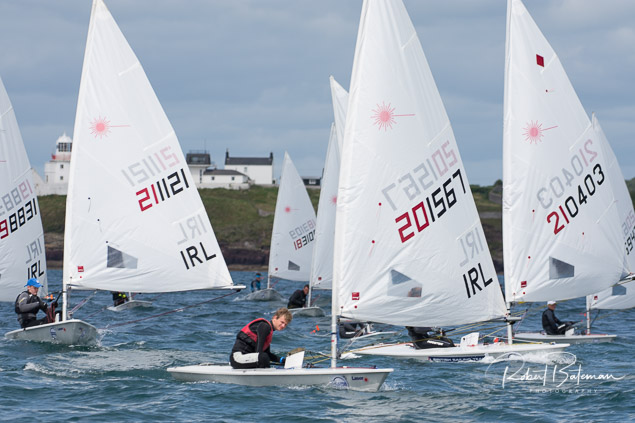

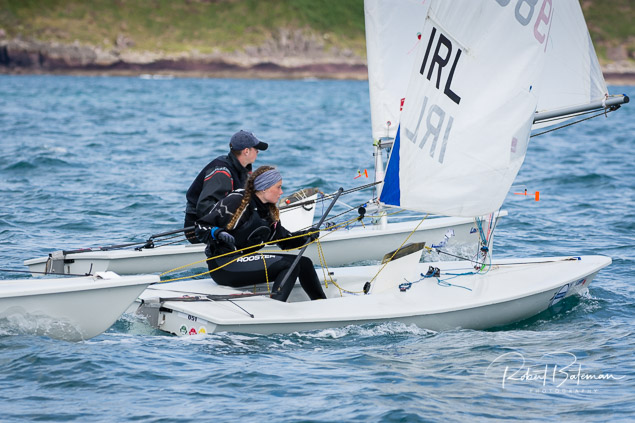
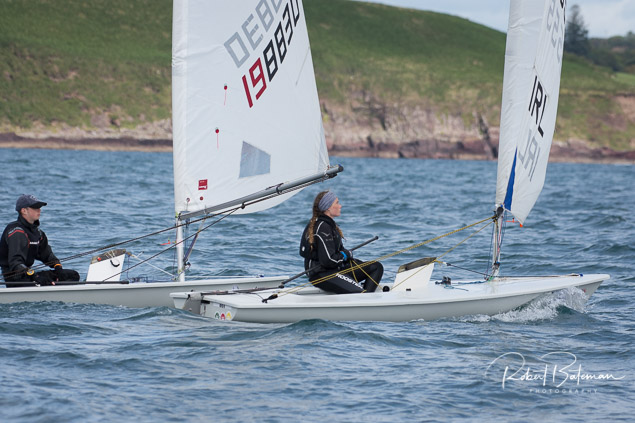

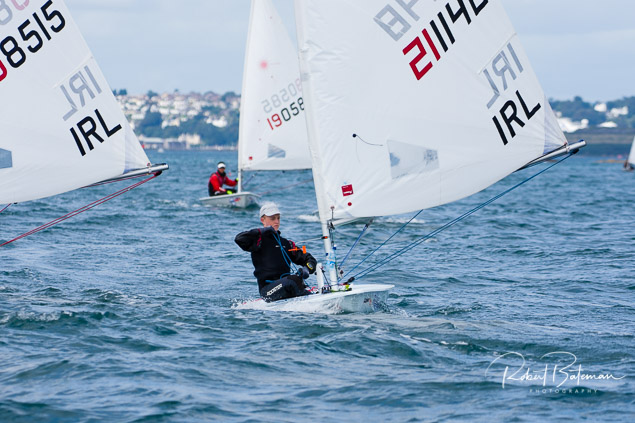
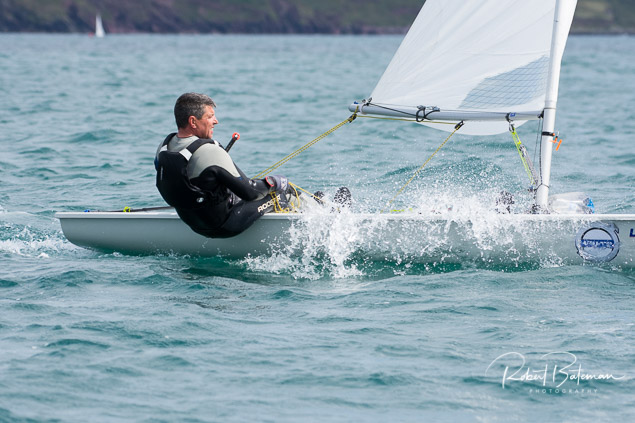

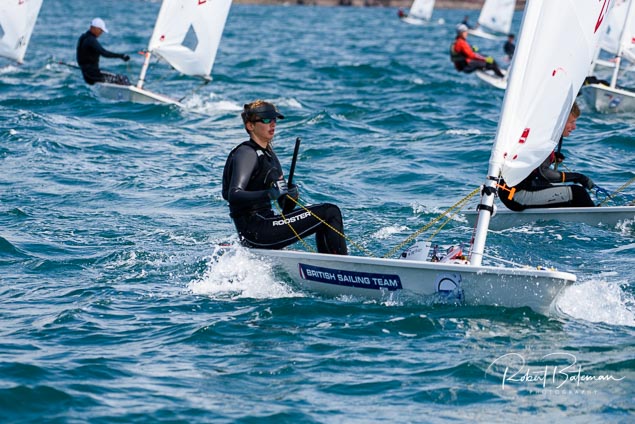
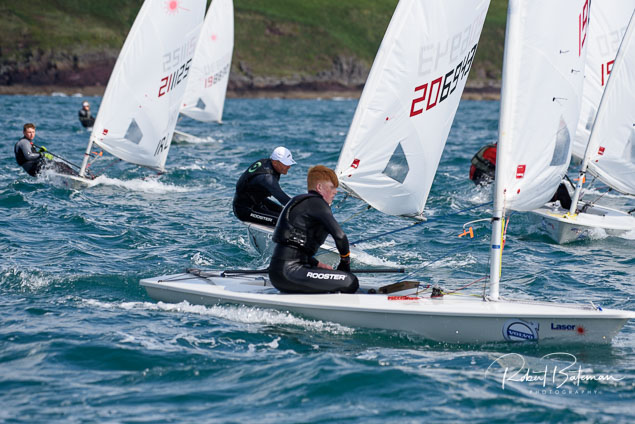




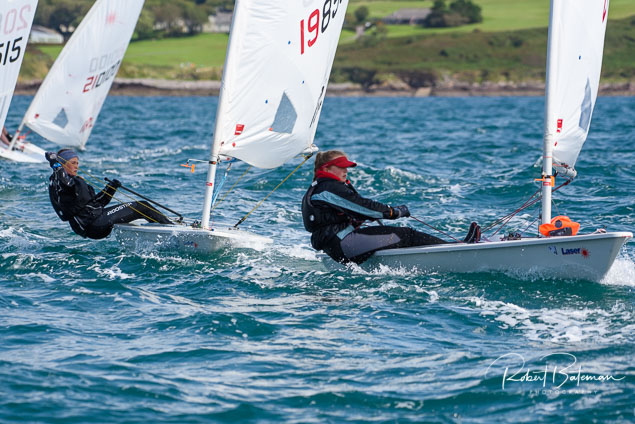
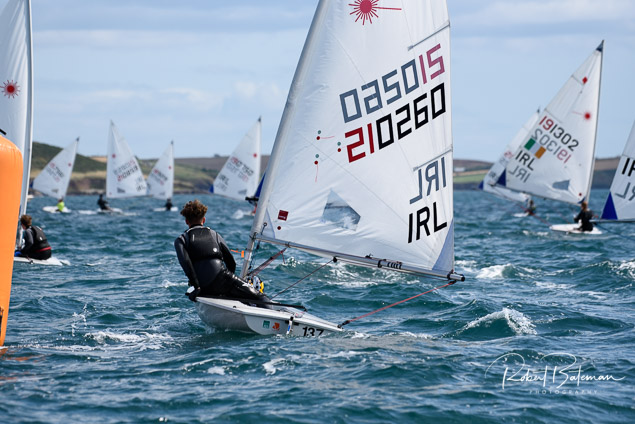
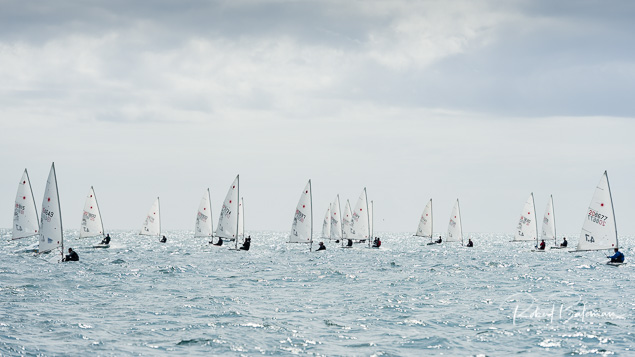
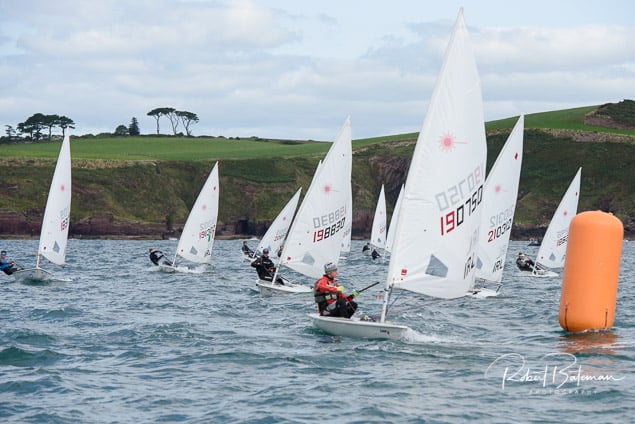
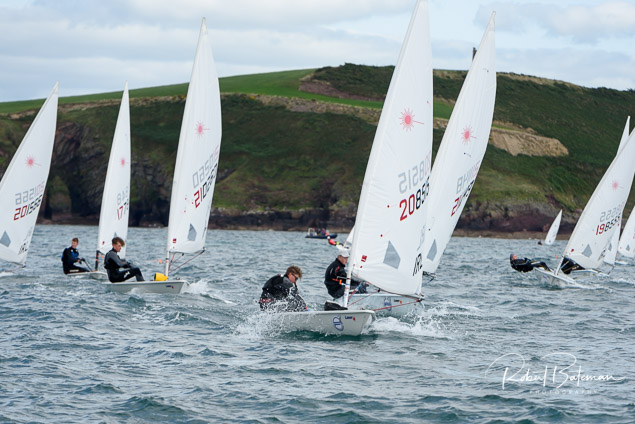

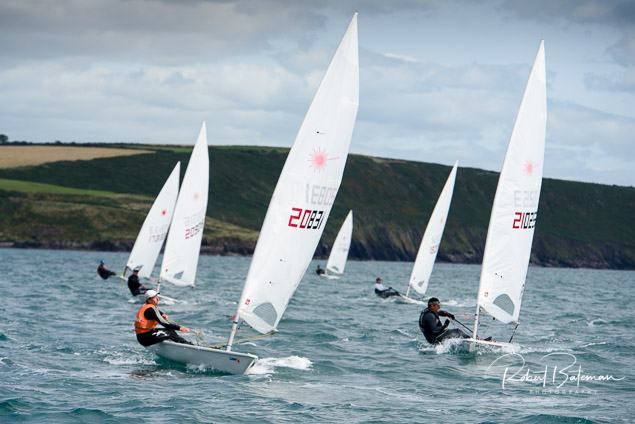
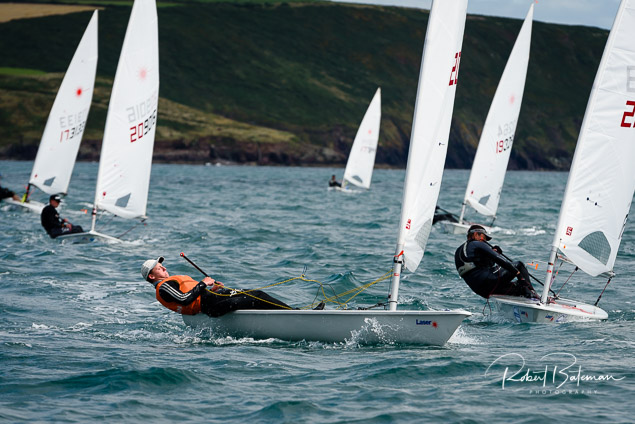
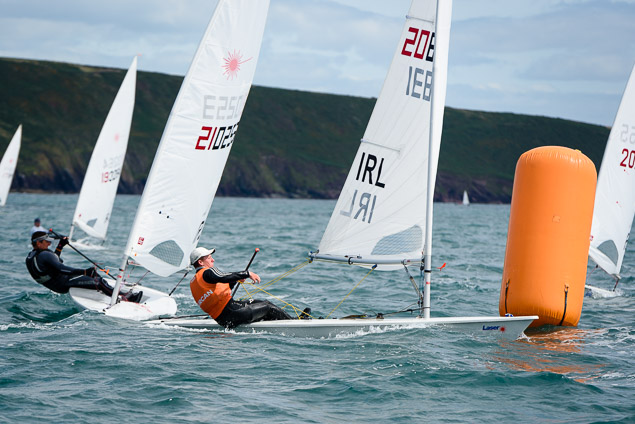
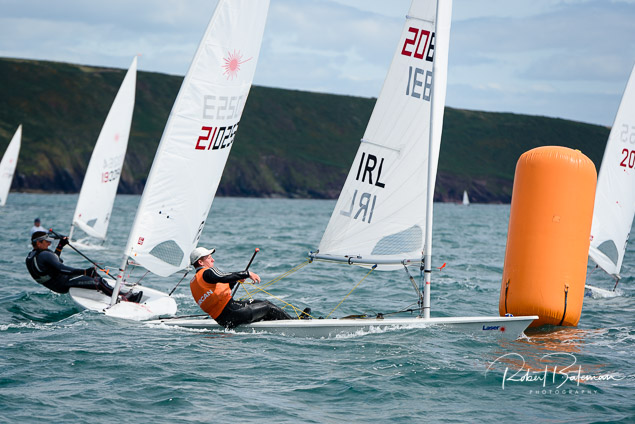
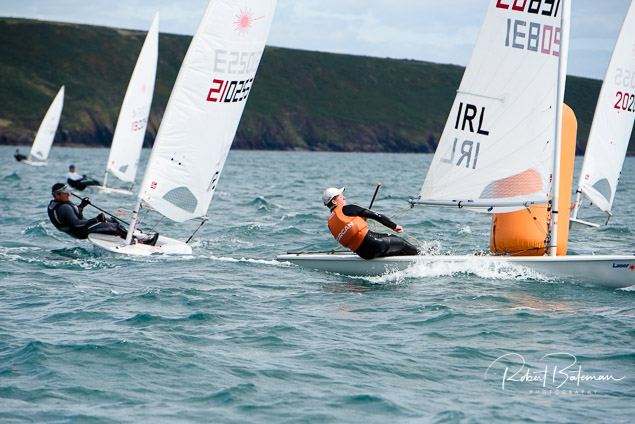


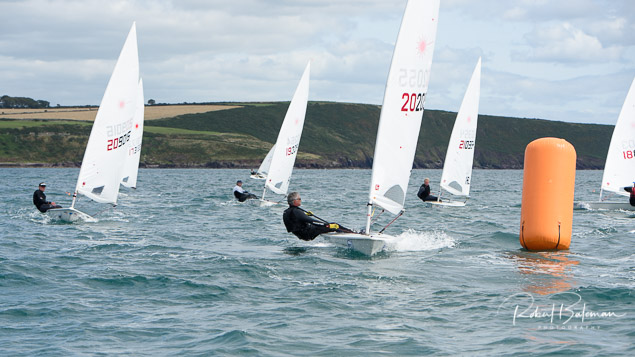
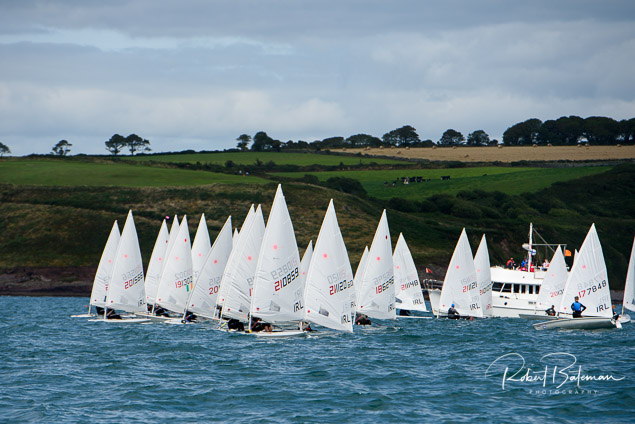
Rounding Ballycotton Lighthouse on Saturday afternoon was satisfying, after a long beat from Crosshaven in the restored Royal Cork Ballycotton Race.
Over the 15-mile course which took about three hours a Northerly breeze veered through to an Easterly whisper and then - nothing. Coracle set the pace from the Grassy start line. As the course pulled rounded Roches Point the Easterly wind kicked in intermittently. Altair hugged the coast and as the white sails of Loch Gréine, Plumbat and Luna Sea followed this line those flying spinnakers no long benefited from the big sail. Passing Power Head the fleet split with the majority heading out to sea to avail of a tidal push while Altair and YaGottaWanna hunted breeze and wind lifts inshore.
As the fleet closed on Ballycotton Lighthouse Altair pulled a lead over Coracle, rounding Ballycotton Island and heading for the finish in what was becoming a very soft breeze, Coracle and YaGottaWanna rounded as the wind died further, with Loch Gréine and the kites of Cavatina and Scribbler II edging to the finish line. Plumbat and Luna Sea, in whitesail. without the option of a kite and no wind had to retire.
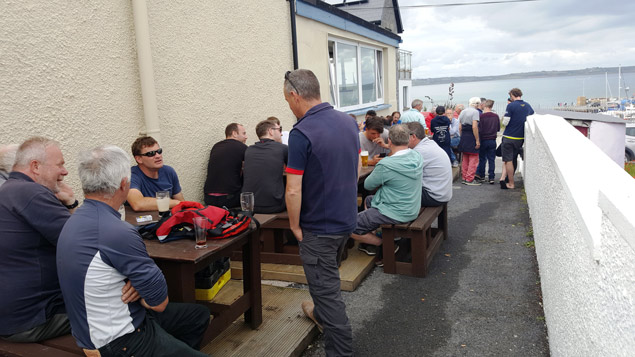 Relaxing in Ballycotton after the sailing
Relaxing in Ballycotton after the sailing
Results: IRC – 1st Altair (K.Dorgan/J.Losty); 2nd Coracle (Kieran Collins); 3rd Ya Gotta Wanna (David Lane/Sinead Enright). ECHO – 1st Loch Gréine (Tom/Declan O’Mahony); 2nd Scribbler (Tom/Cormac MacSweeney); 3rd Cavatina (Ian Hickey). Gas Rigs Trophy/ECHO and Paddy and Peg Walsh Trophy/IRC– Altair. Jim Donegan Trophy, Best Family Boat – Coracle.
This is a race which was traditional and the RCYC Cruiser Classes are interested in getting more boats involved in coastal racing. It has invited those interested, boatowners or potential crews to make contact with the club.


























